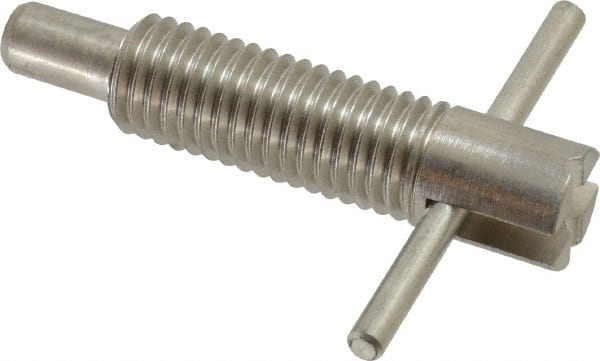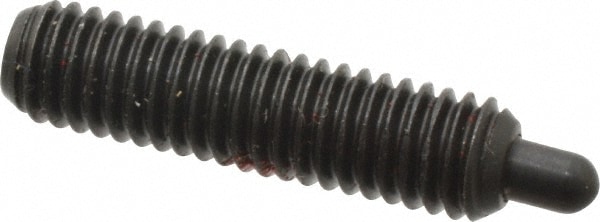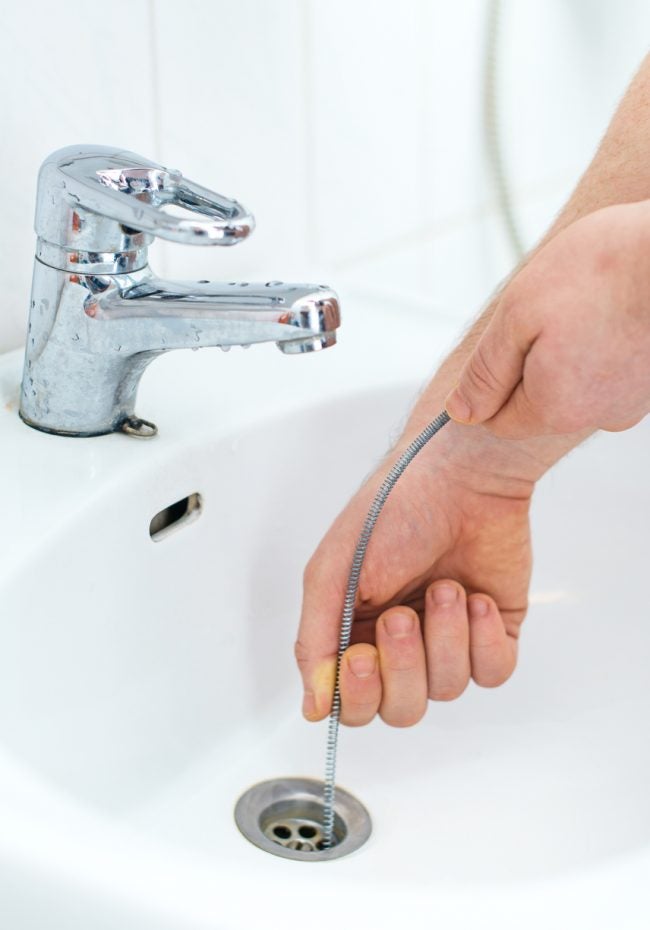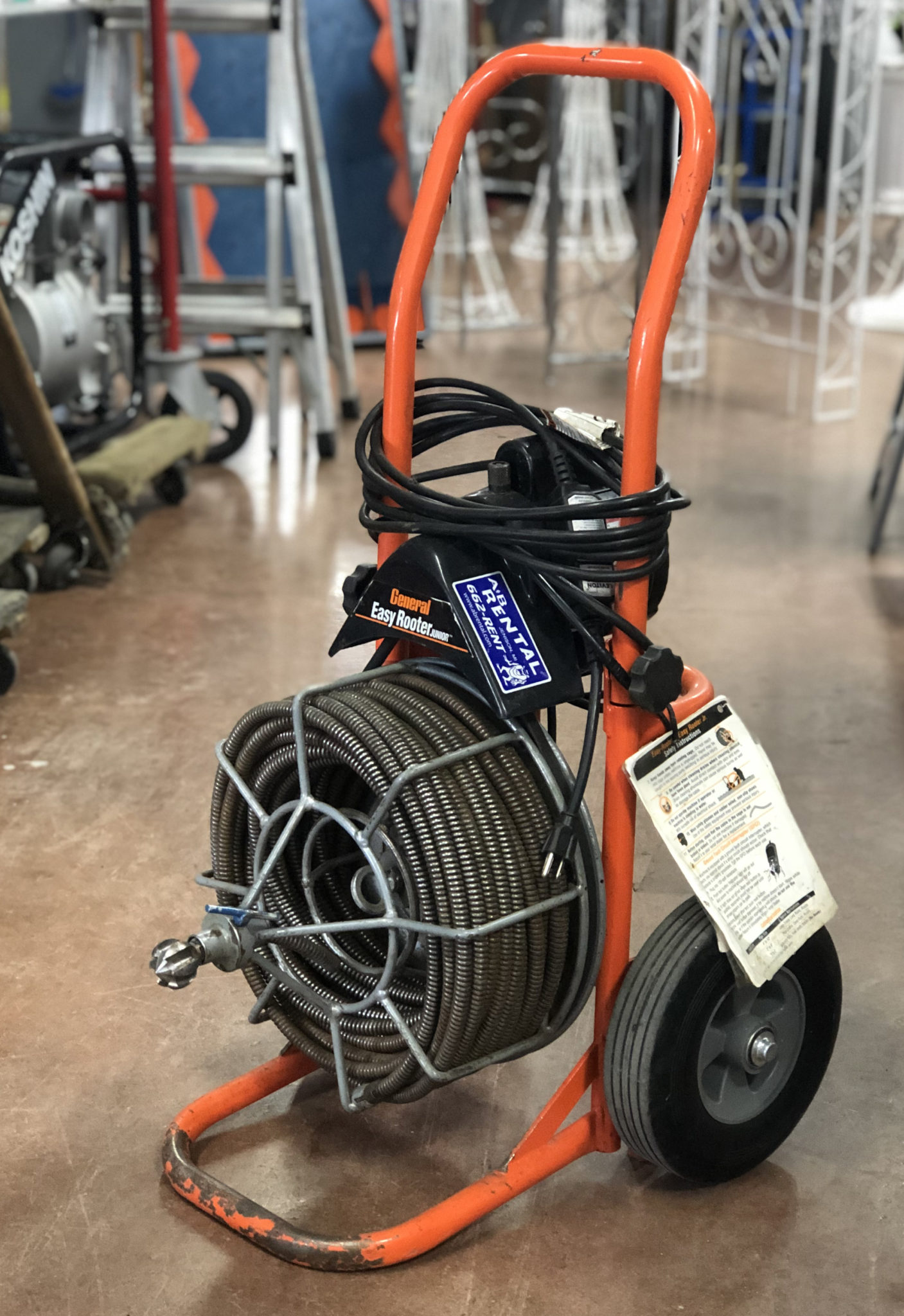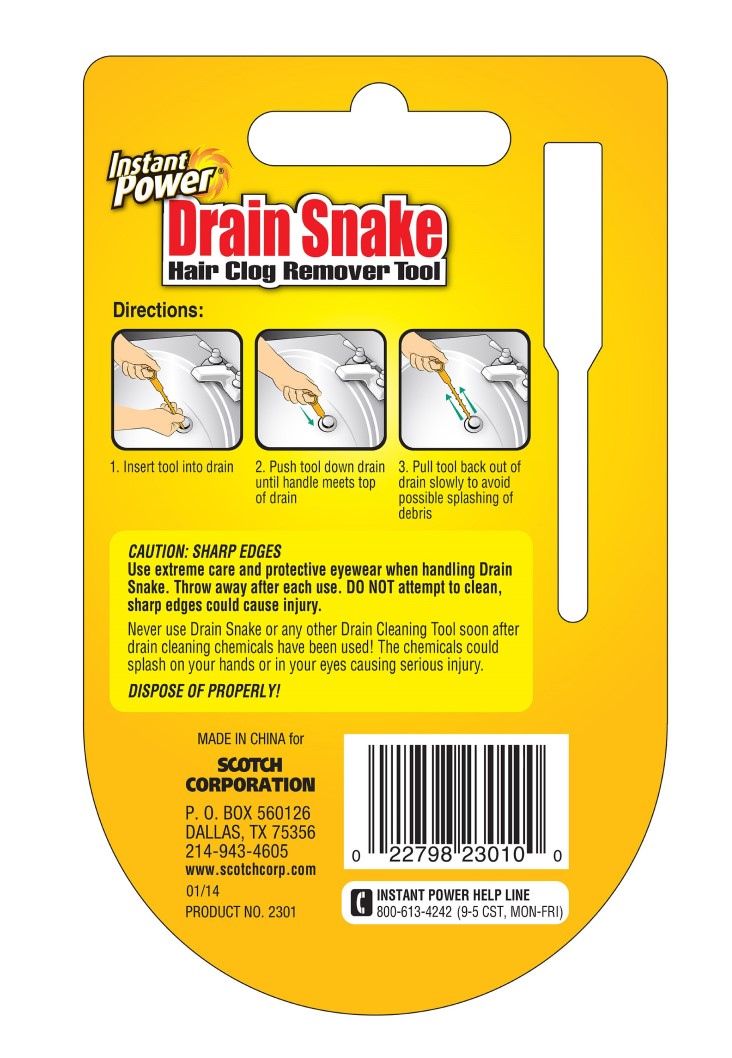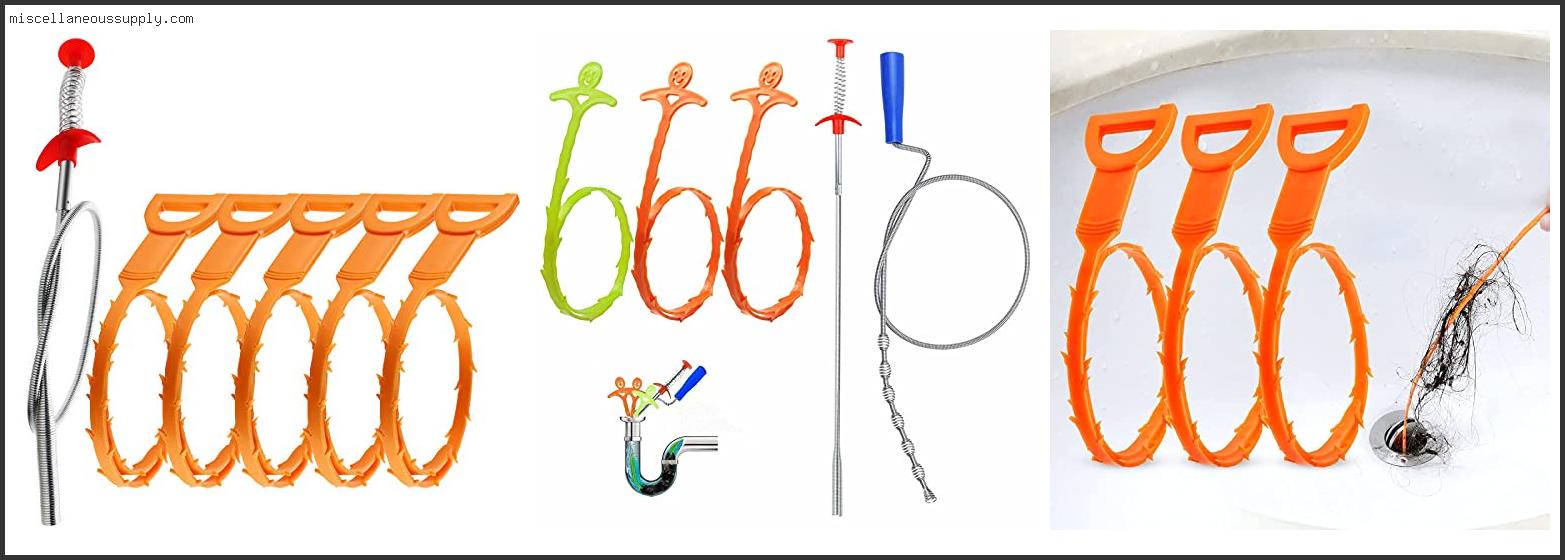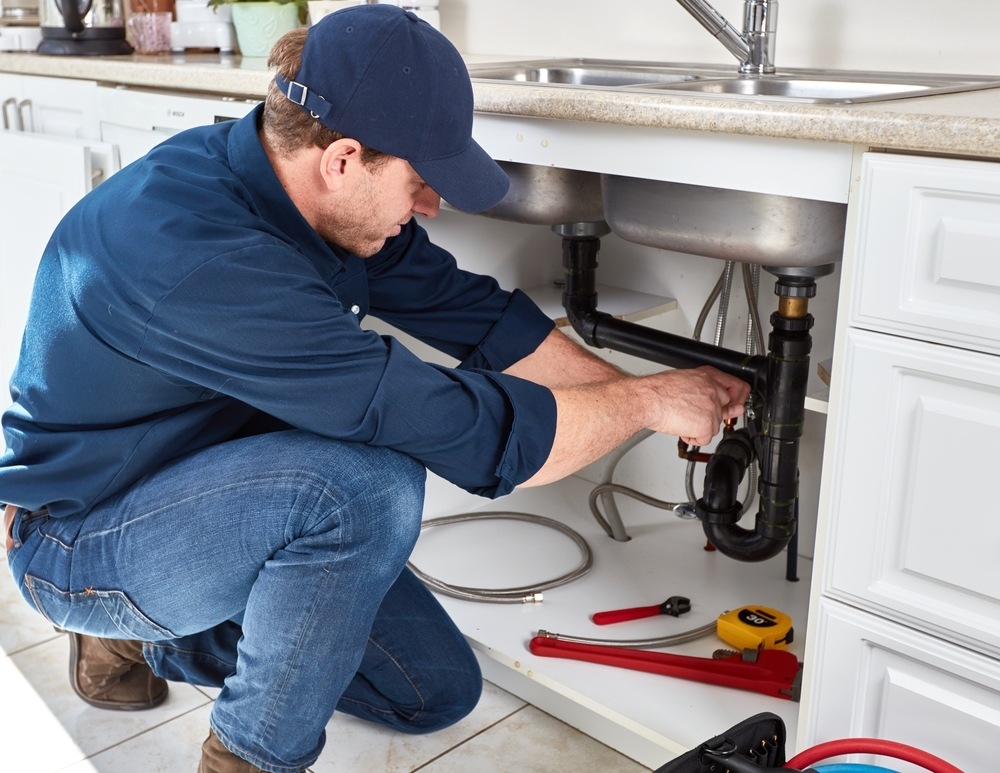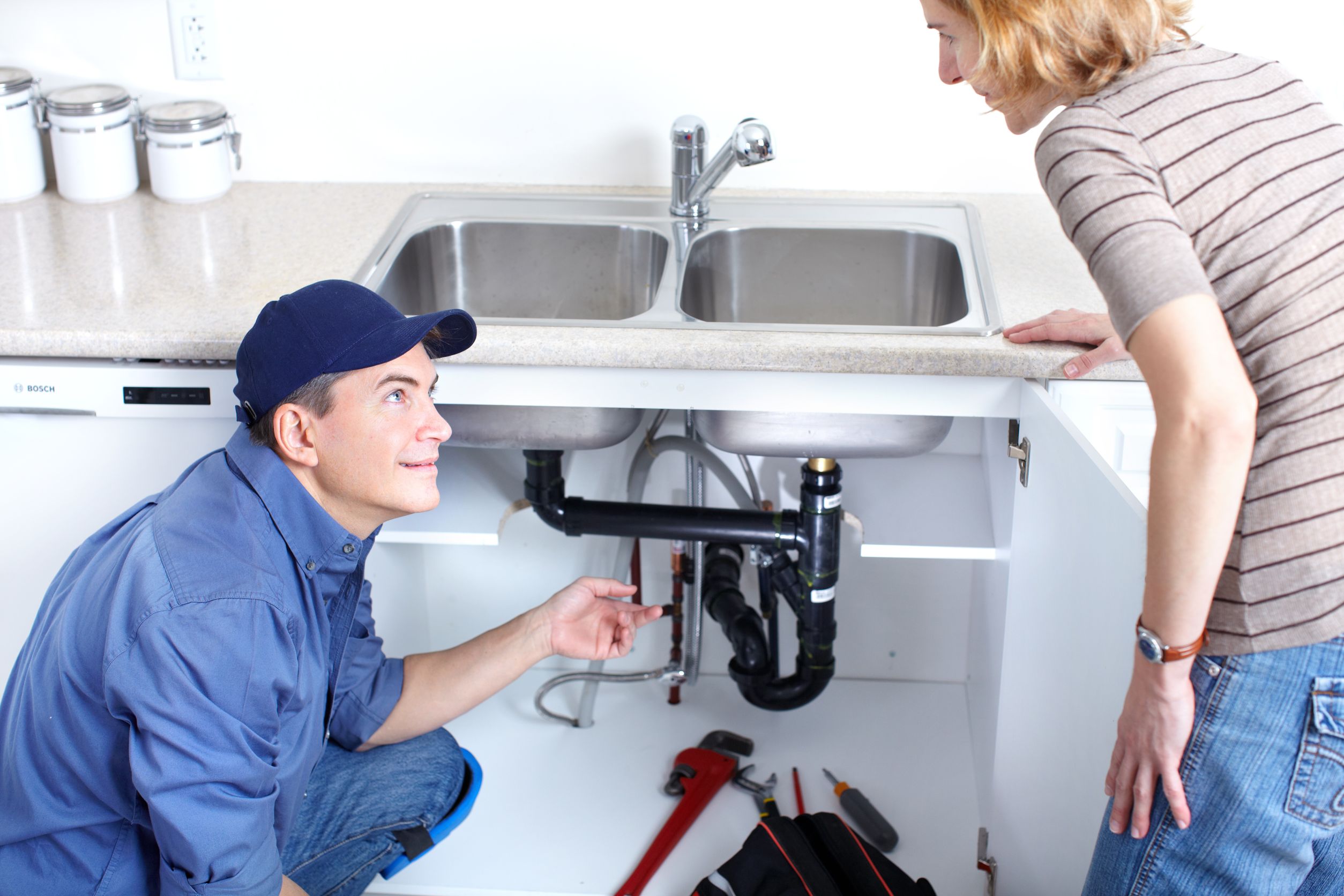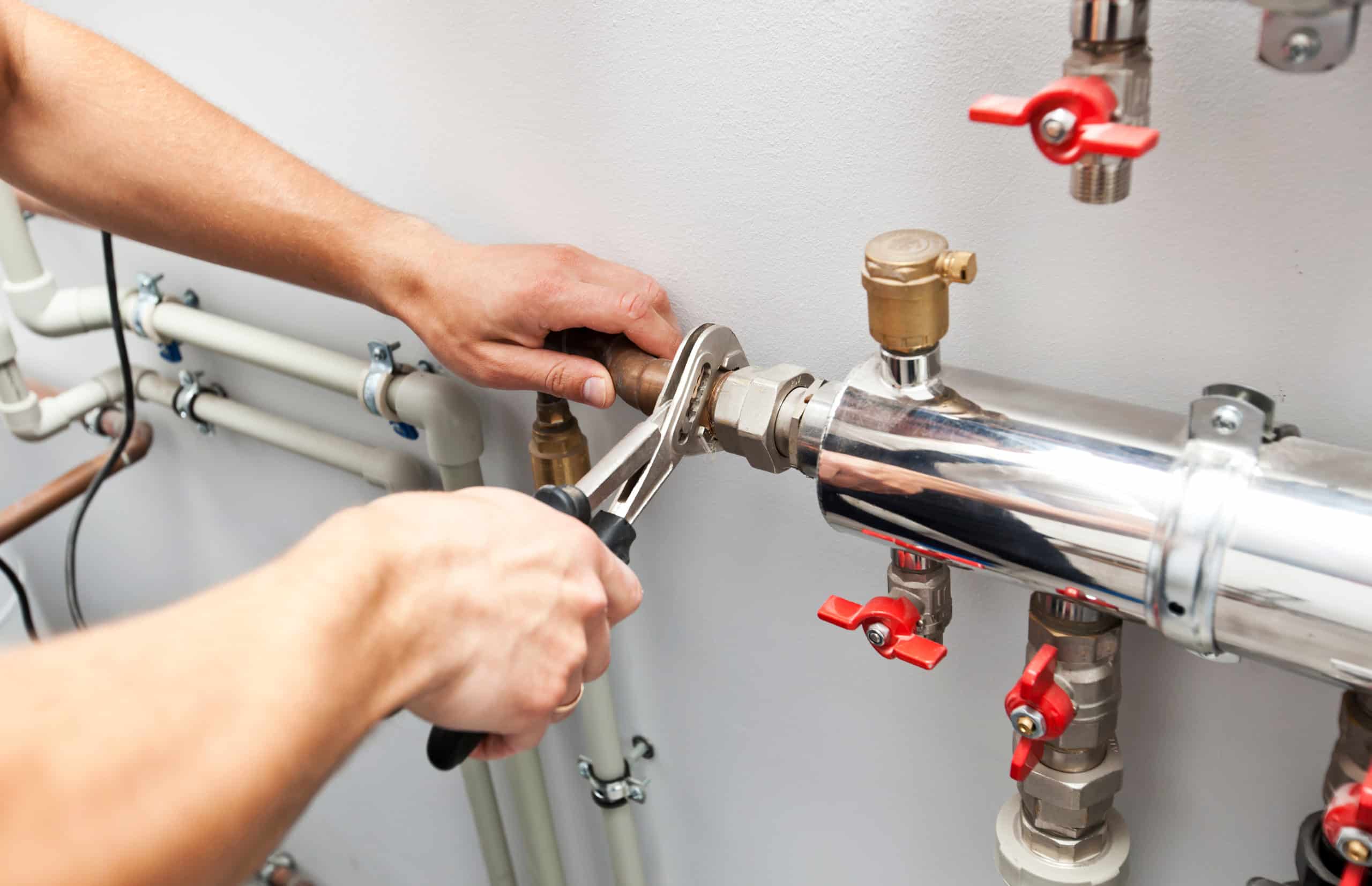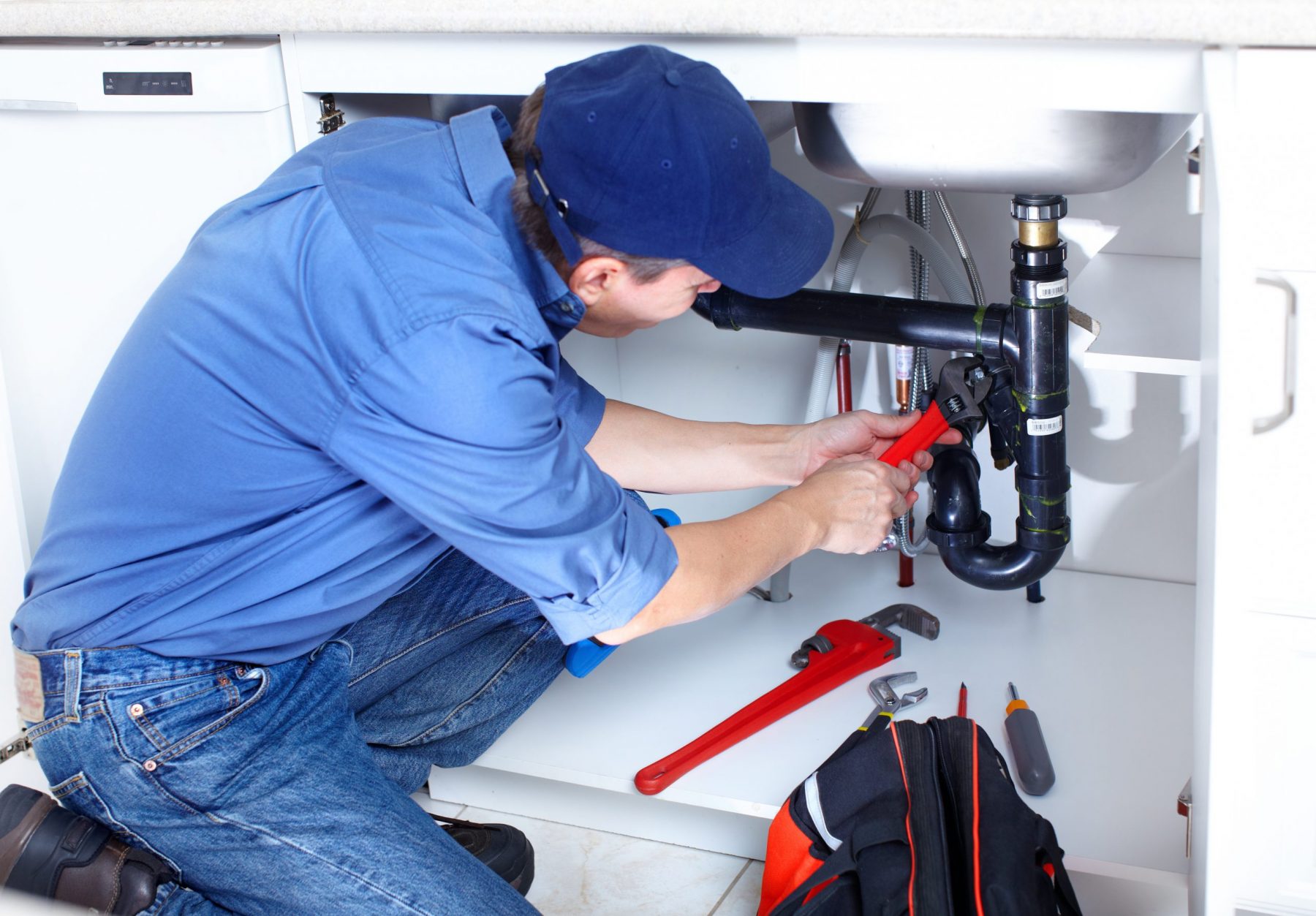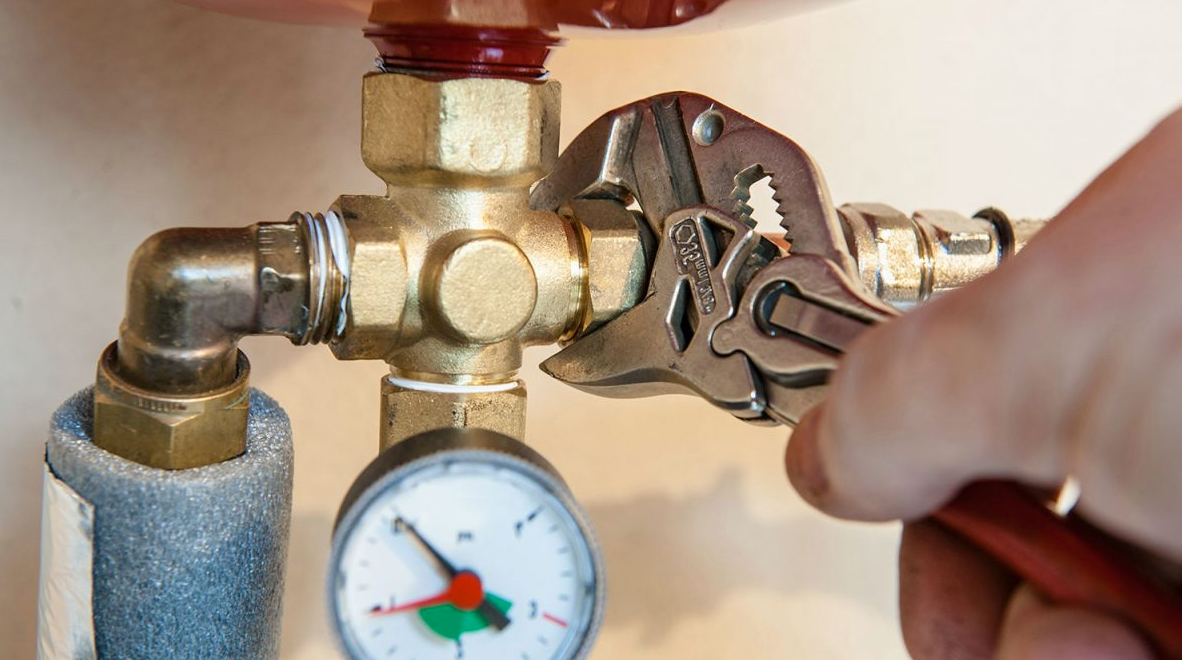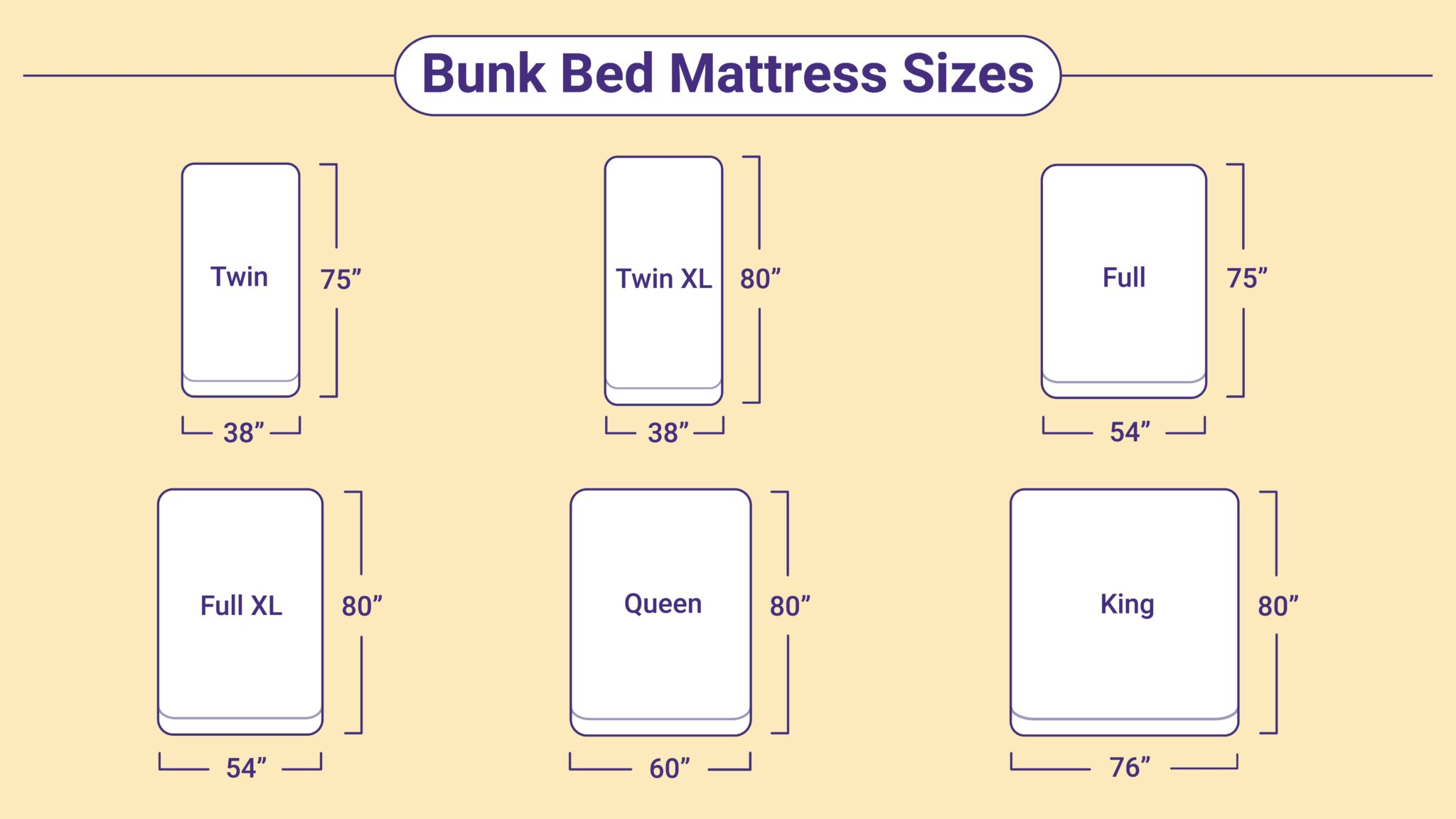1. Clogged Drain
A clogged drain is one of the most common causes of water building up in a kitchen sink with a garbage disposal. This occurs when food particles, grease, and other debris become trapped in the drain and prevent water from flowing freely. If you notice that your sink is draining slowly or not at all, it's likely that you have a clogged drain.
To fix this issue, you can try using a plunger to dislodge the blockage. First, fill the sink with enough water to cover the drain. Then, place the plunger over the drain and push down and pull up in a rapid motion. This can help to break up the clog and allow water to flow through again.
2. Garbage Disposal Maintenance
Proper maintenance of your garbage disposal can help to prevent water from building up in your kitchen sink. It's important to regularly clean your disposal by running cold water and dish soap through it. You can also grind up a few ice cubes to help remove any buildup on the blades.
It's also important to avoid putting certain foods down the disposal, such as large bones, fibrous vegetables, and grease. These items can cause clogs and damage to your disposal, leading to water backup in your sink.
3. Kitchen Sink Backup
If water is backing up into your kitchen sink, it's likely that you have an issue with your plumbing system. This could be caused by a clogged drain, blocked pipes, or a malfunctioning garbage disposal. If you've already tried using a plunger and cleaning your disposal, it's best to call a professional plumber to diagnose and fix the issue.
A plumber will have the necessary tools and expertise to determine the cause of the backup and make any necessary repairs. They may also recommend regular drain cleaning to prevent future backups.
4. Water Not Draining
In some cases, water may not drain at all from a kitchen sink with a garbage disposal. This can be a sign of a more serious issue, such as a damaged or clogged pipe. It's important to address this issue as soon as possible to prevent further damage to your plumbing system.
You can try using a drain snake to remove any clogs in the pipes. If this doesn't work, it's best to call a professional plumber to assess the situation and make any necessary repairs.
5. Blocked Pipes
Blocked pipes are a common cause of water building up in a kitchen sink with a garbage disposal. This can happen due to a buildup of debris, such as food particles, grease, and soap scum. Over time, these blockages can become more severe and cause water backup in your sink.
To prevent blocked pipes, it's important to use a drain cover or strainer to catch any larger food particles and prevent them from going down the drain. Regularly cleaning your disposal can also help to prevent buildup in your pipes.
6. Disposal Repair
If your garbage disposal is not functioning properly, it can lead to water building up in your kitchen sink. This could be due to a malfunctioning motor, damaged blades, or a clog in the disposal itself. In these cases, it's best to call a professional for disposal repair.
A professional plumber will be able to diagnose and fix any issues with your disposal, ensuring that it is working properly and preventing further water buildup in your sink.
7. Slow Draining Sink
A slow draining sink is another common sign of a clogged drain in a kitchen sink with a garbage disposal. This can be caused by a buildup of food particles, grease, and other debris in the drain. It's important to address this issue as soon as possible to prevent a complete blockage and water backup in your sink.
In addition to using a plunger and cleaning your disposal, you can also try using a drain snake to remove any clogs in the pipes. If this doesn't work, it's best to call a professional plumber for assistance.
8. Plunger
A plunger is a useful tool for unclogging a kitchen sink with a garbage disposal. It works by creating suction and pressure to dislodge any blockages in the drain. However, it's important to use the plunger correctly to avoid causing damage to your plumbing system.
First, make sure to cover the drain with enough water to cover the plunger. Then, place the plunger over the drain and push down and pull up in a rapid motion. This should help to loosen and remove any clogs in the drain.
9. Drain Snake
If a plunger doesn't work to remove a clog in the drain, a drain snake can be a useful tool to have on hand. This long, flexible tool is designed to reach deeper into the pipes and break up any stubborn clogs.
To use a drain snake, insert it into the drain and slowly twist it as you push it further into the pipe. This will help to catch and remove any debris causing the blockage. If you're not comfortable using a drain snake, it's best to call a professional plumber for assistance.
10. Professional Plumbing Services
When all else fails, it's best to call a professional plumber to address any issues with water building up in your kitchen sink with a garbage disposal. They have the necessary tools and expertise to diagnose and fix the problem, ensuring that your plumbing system is working properly.
A professional plumber can also provide regular maintenance and drain cleaning services to prevent future issues with your kitchen sink and garbage disposal. This can save you time, money, and frustration in the long run.
In conclusion, there are several potential causes of water building up in a kitchen sink with a garbage disposal. By properly maintaining your disposal and addressing any issues as soon as they arise, you can prevent water backup and keep your plumbing system running smoothly.
How to Prevent Water Buildup in Your Kitchen Sink with Garbage Disposal
/how-to-install-a-sink-drain-2718789-hero-24e898006ed94c9593a2a268b57989a3.jpg)
The Importance of Proper Drainage in Your Kitchen
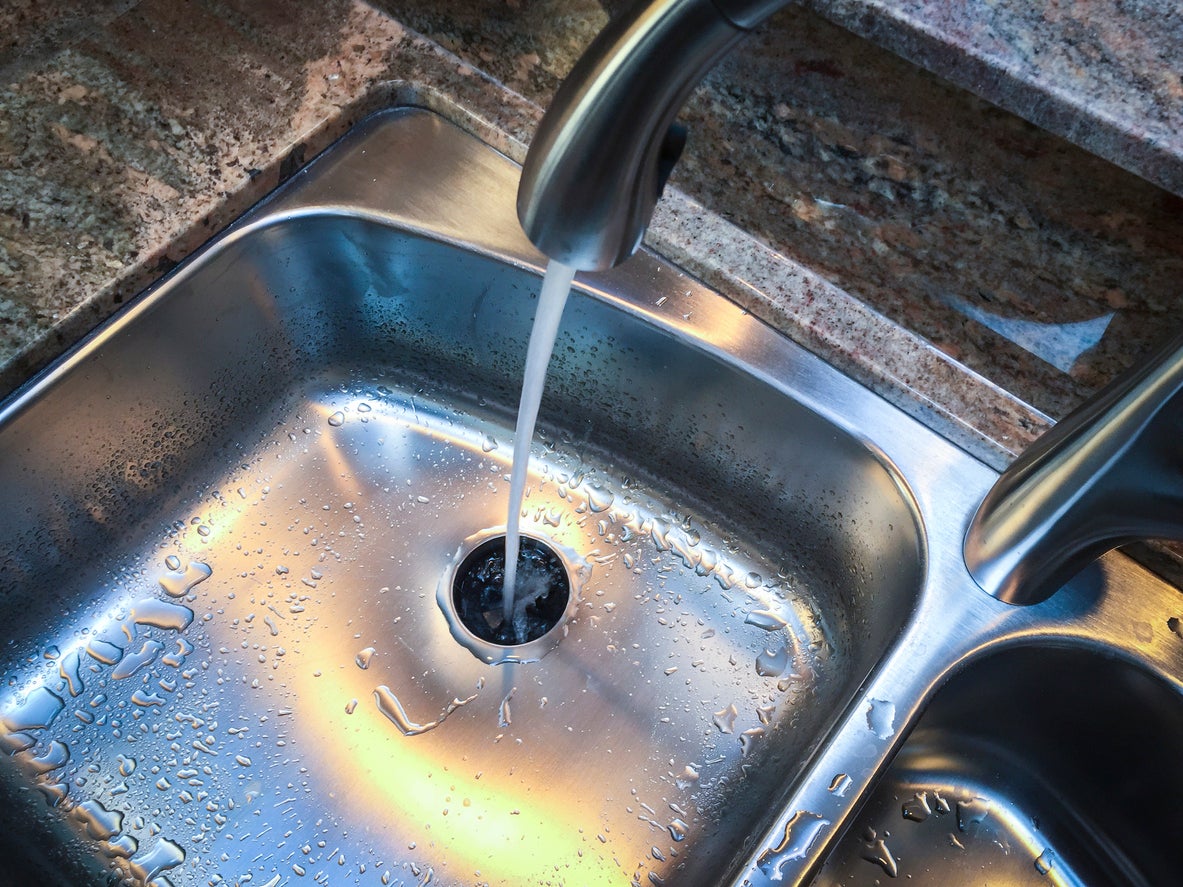 When designing a kitchen, the focus is often on the aesthetic aspects such as countertops, backsplashes, and appliances. However, one crucial aspect that should not be overlooked is proper drainage. The kitchen sink, especially when equipped with a garbage disposal, is prone to water buildup and clogging. This can be a frustrating and messy problem to deal with, but luckily there are steps you can take to prevent it from happening.
When designing a kitchen, the focus is often on the aesthetic aspects such as countertops, backsplashes, and appliances. However, one crucial aspect that should not be overlooked is proper drainage. The kitchen sink, especially when equipped with a garbage disposal, is prone to water buildup and clogging. This can be a frustrating and messy problem to deal with, but luckily there are steps you can take to prevent it from happening.
Invest in a Good Quality Garbage Disposal
 Garbage disposals
are essential in any modern kitchen, as they help to break down food waste and prevent it from clogging up your pipes. However, not all garbage disposals are created equal. It's important to invest in a good quality one that can handle the amount of food waste your household produces. This will not only prevent water buildup in your kitchen sink but also minimize the chances of your garbage disposal breaking down.
Garbage disposals
are essential in any modern kitchen, as they help to break down food waste and prevent it from clogging up your pipes. However, not all garbage disposals are created equal. It's important to invest in a good quality one that can handle the amount of food waste your household produces. This will not only prevent water buildup in your kitchen sink but also minimize the chances of your garbage disposal breaking down.
Be Mindful of What You Put Down the Drain
/kitchen-sink-171366298-5841b8de3df78c0230af5814.jpg) Prevention is key
when it comes to water buildup in your kitchen sink. Be mindful of what you put down the drain, as certain foods, oils, and fats can cause clogs and buildup. Avoid putting fibrous foods like celery, potato peels, and corn husks down the drain, as well as oils and fats that can solidify and cause blockages. Instead, dispose of these items in the trash or compost bin.
Prevention is key
when it comes to water buildup in your kitchen sink. Be mindful of what you put down the drain, as certain foods, oils, and fats can cause clogs and buildup. Avoid putting fibrous foods like celery, potato peels, and corn husks down the drain, as well as oils and fats that can solidify and cause blockages. Instead, dispose of these items in the trash or compost bin.
Regularly Clean and Maintain Your Garbage Disposal
 Regular maintenance
is crucial in preventing water buildup in your kitchen sink. Make sure to clean your garbage disposal regularly by running cold water and a small amount of dish soap through it. You can also use a mixture of ice cubes and rock salt to clean and sharpen the blades. Additionally, it's important to have your garbage disposal inspected and serviced by a professional plumber every year to ensure it is functioning properly.
Regular maintenance
is crucial in preventing water buildup in your kitchen sink. Make sure to clean your garbage disposal regularly by running cold water and a small amount of dish soap through it. You can also use a mixture of ice cubes and rock salt to clean and sharpen the blades. Additionally, it's important to have your garbage disposal inspected and serviced by a professional plumber every year to ensure it is functioning properly.
Install a Drain Strainer
 A drain strainer
is a simple and inexpensive tool that can help prevent water buildup in your kitchen sink. It catches larger food particles and prevents them from going down the drain and causing clogs. Make sure to empty and clean the drain strainer regularly to keep it functioning effectively.
A drain strainer
is a simple and inexpensive tool that can help prevent water buildup in your kitchen sink. It catches larger food particles and prevents them from going down the drain and causing clogs. Make sure to empty and clean the drain strainer regularly to keep it functioning effectively.
Conclusion
 In conclusion, proper drainage is crucial in preventing water buildup in your kitchen sink with garbage disposal. By investing in a good quality garbage disposal, being mindful of what you put down the drain, regularly maintaining your garbage disposal, and using a drain strainer, you can avoid the frustration and mess of dealing with water buildup in your kitchen sink. Remember, prevention is key, so take the necessary steps to keep your kitchen sink functioning smoothly.
In conclusion, proper drainage is crucial in preventing water buildup in your kitchen sink with garbage disposal. By investing in a good quality garbage disposal, being mindful of what you put down the drain, regularly maintaining your garbage disposal, and using a drain strainer, you can avoid the frustration and mess of dealing with water buildup in your kitchen sink. Remember, prevention is key, so take the necessary steps to keep your kitchen sink functioning smoothly.
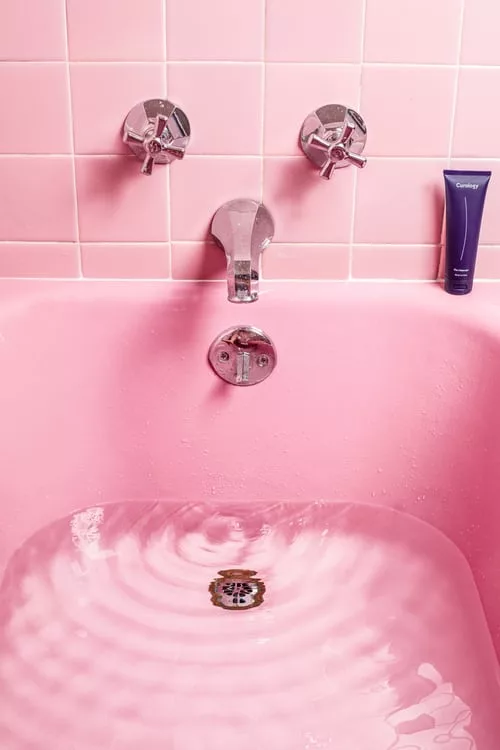


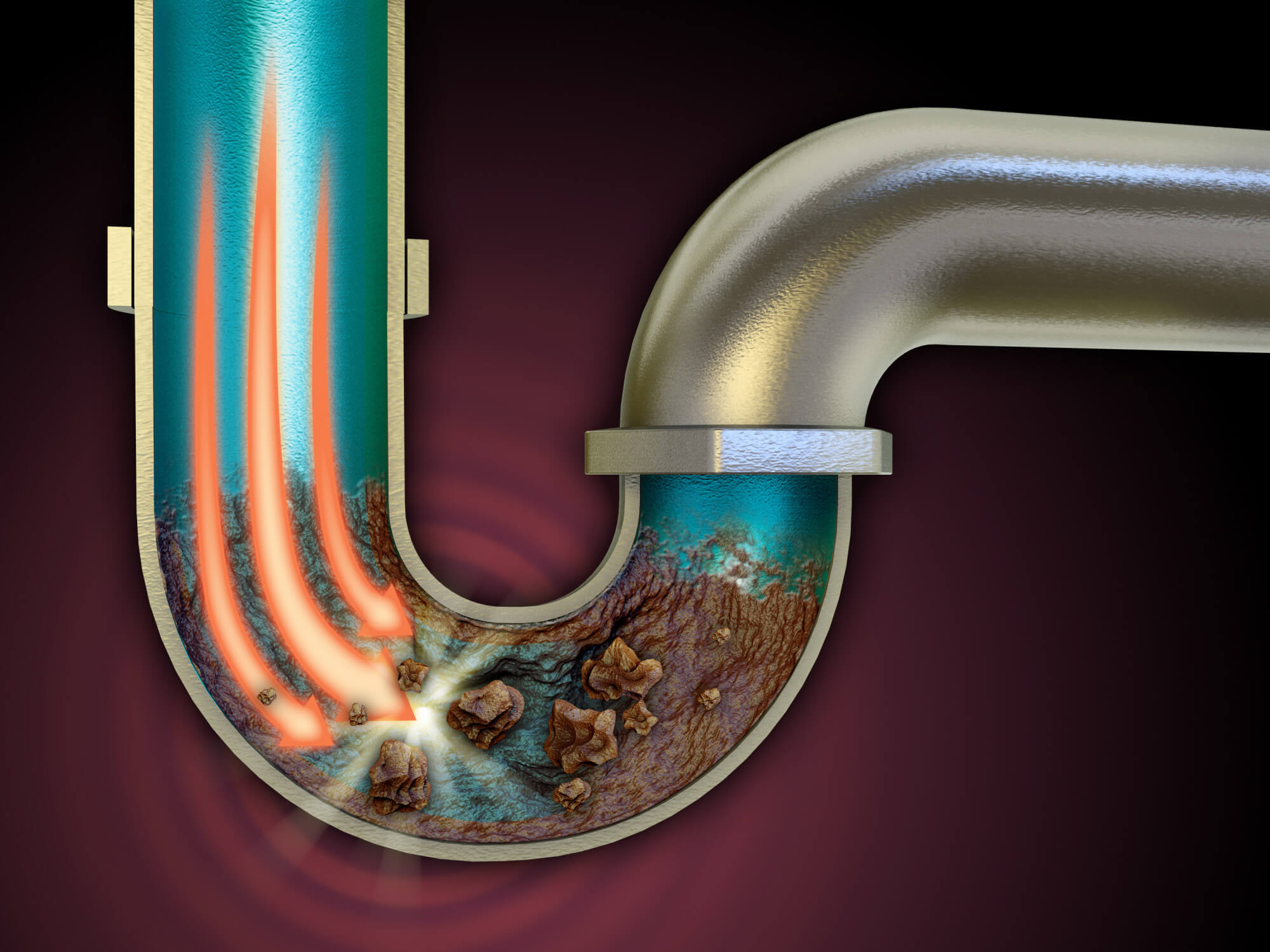

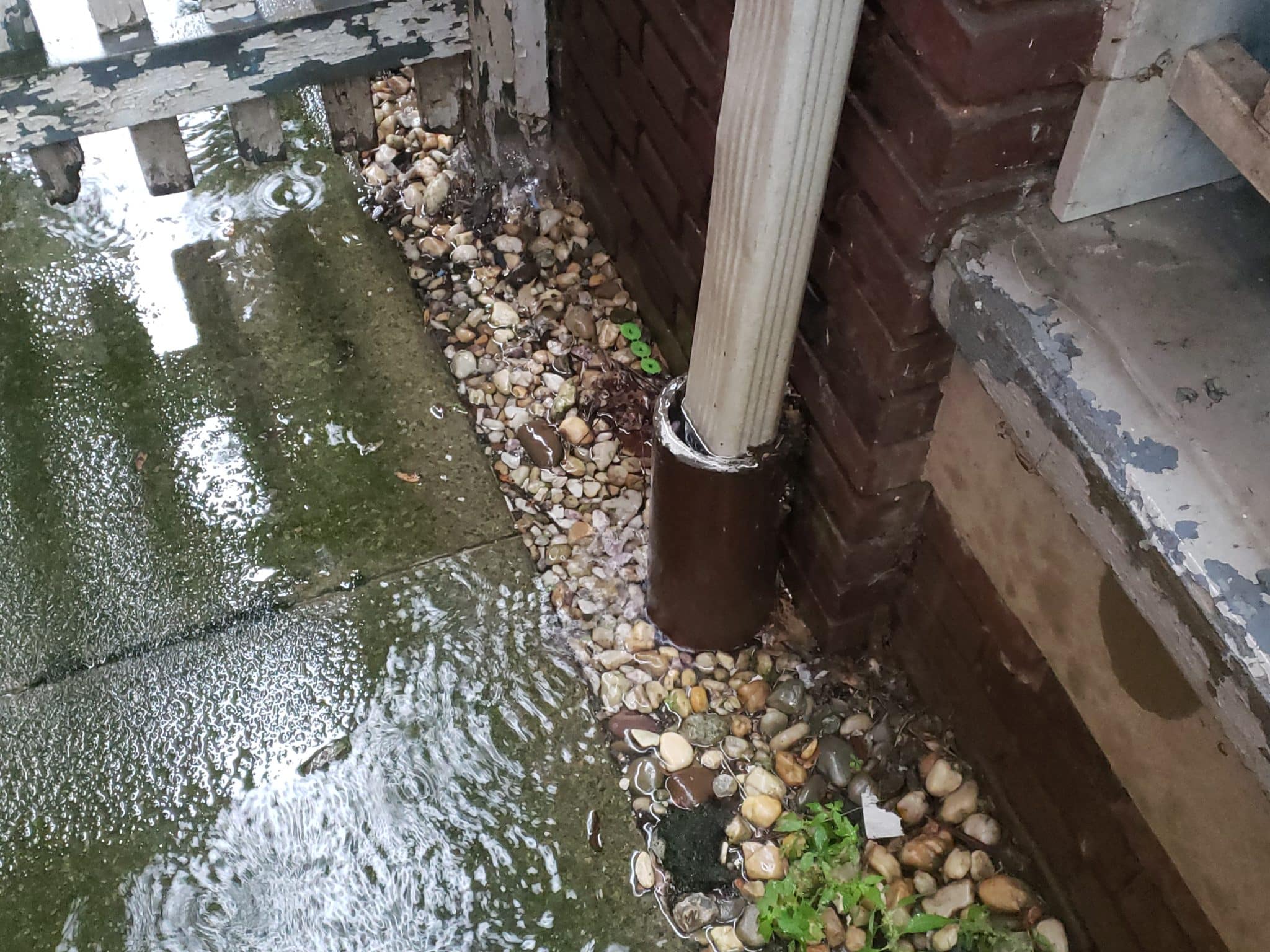
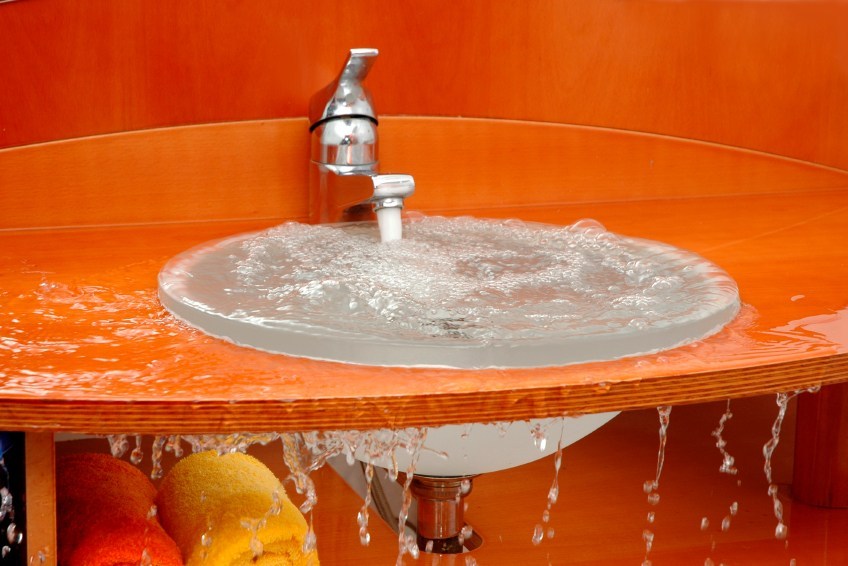
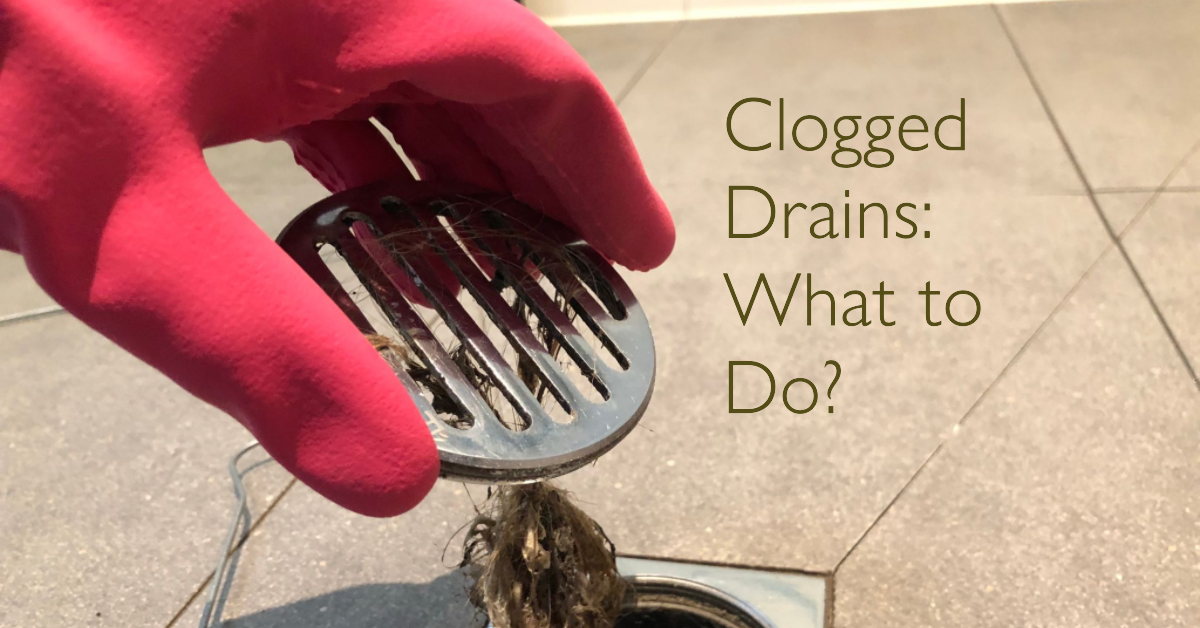

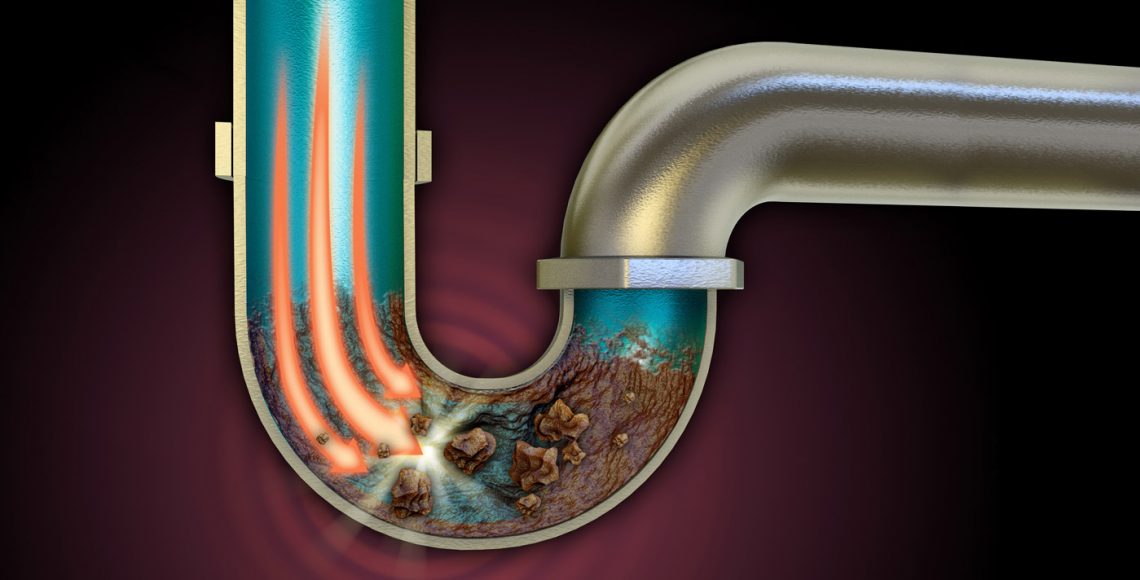
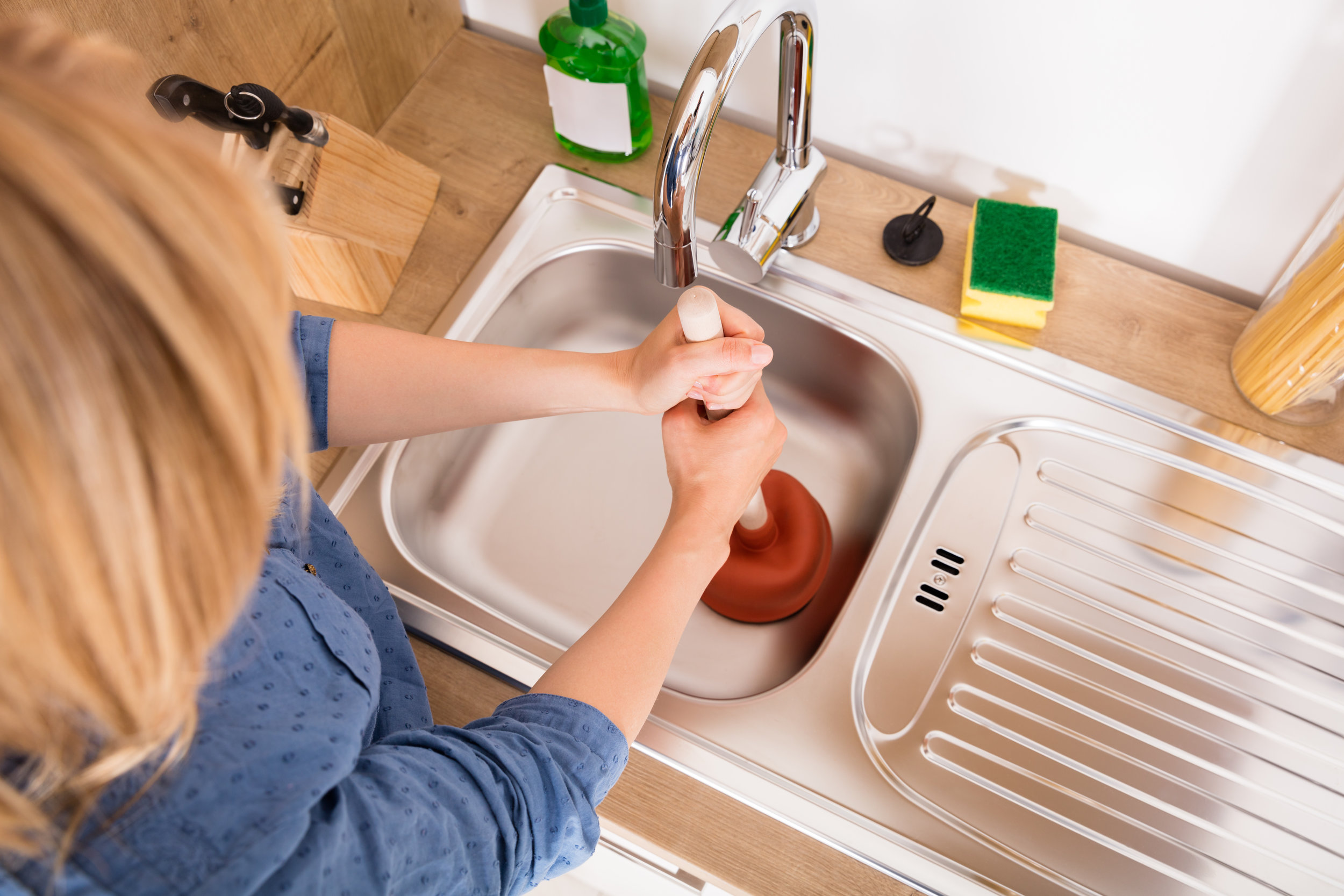


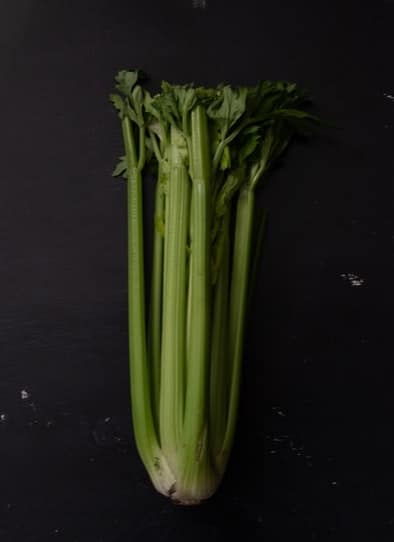

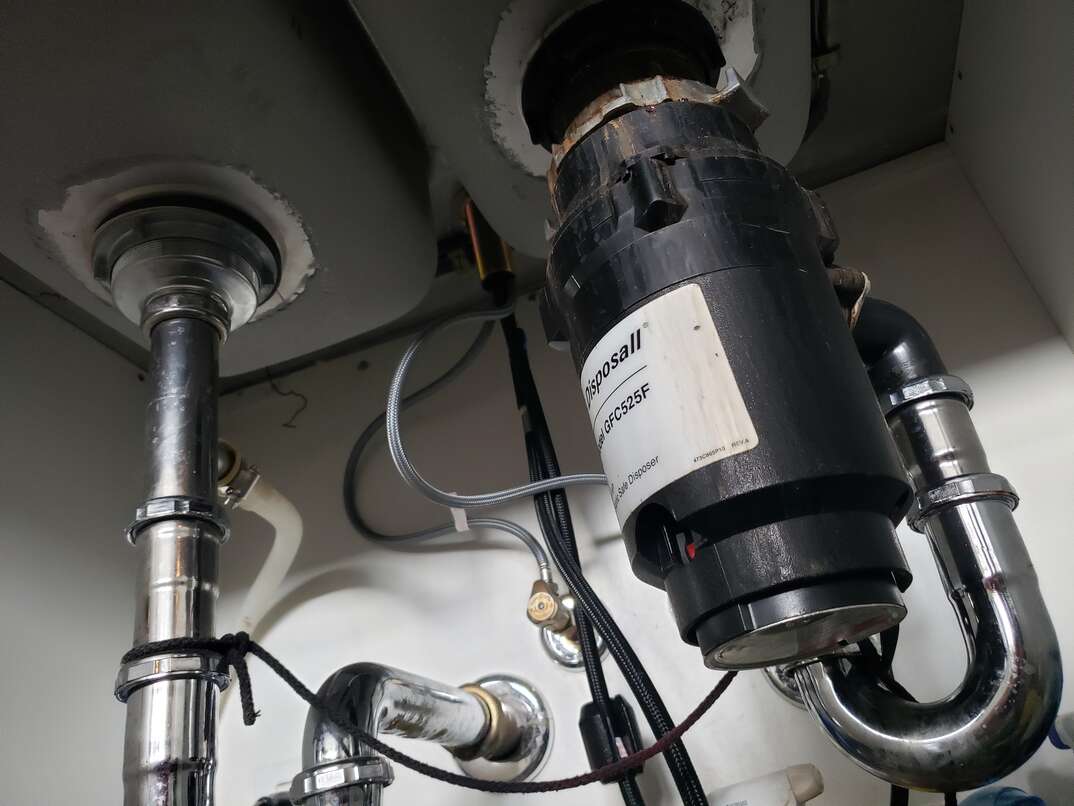



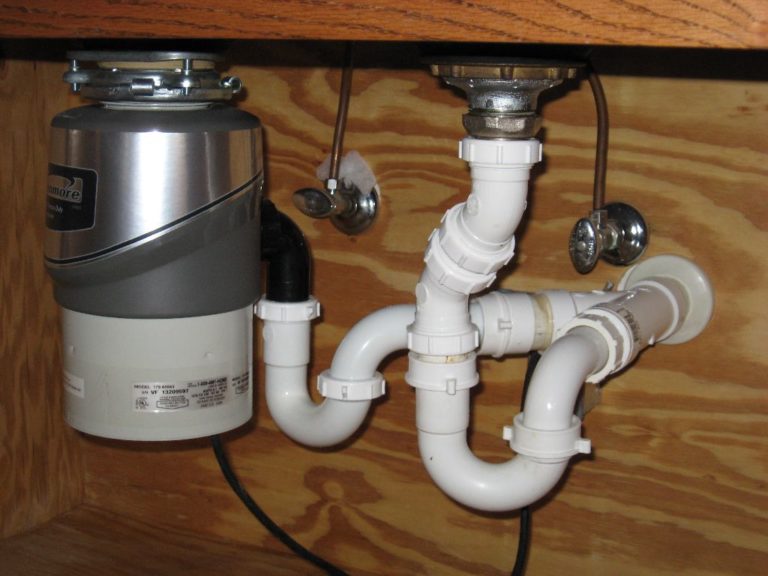




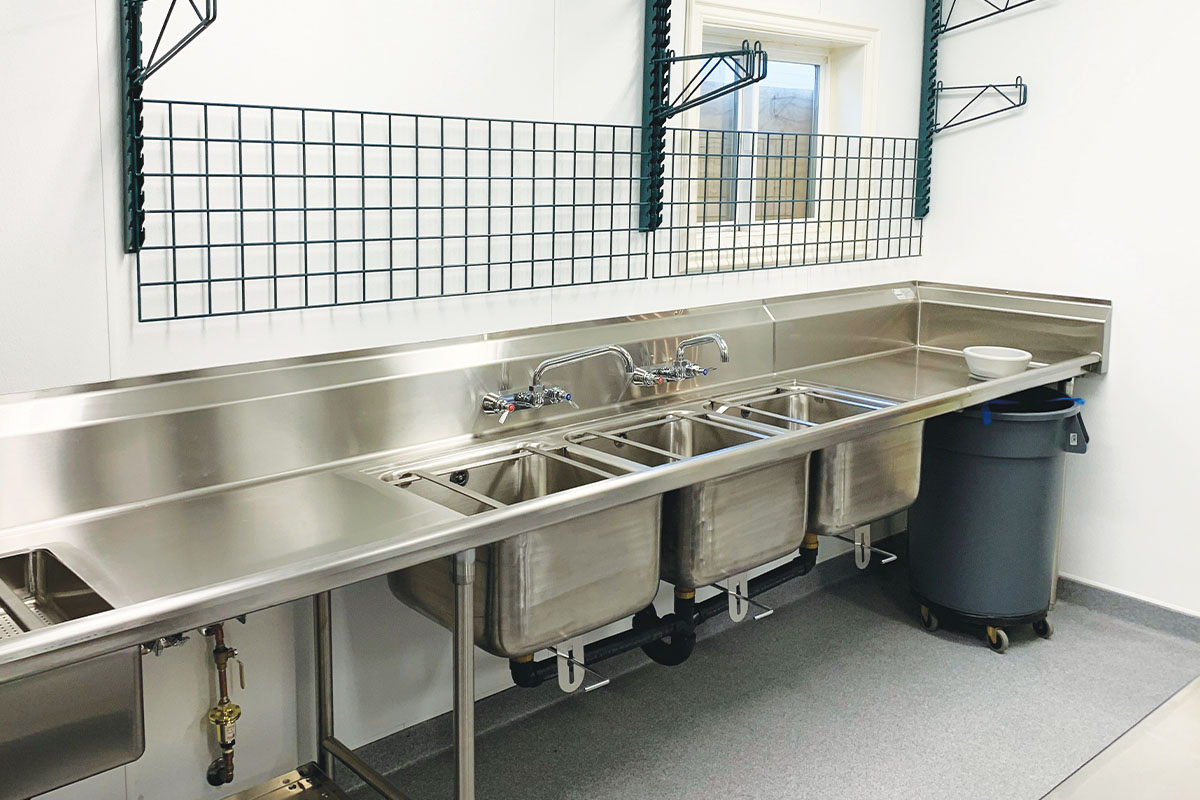
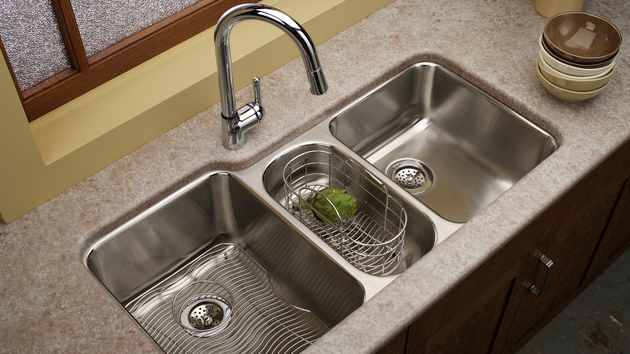
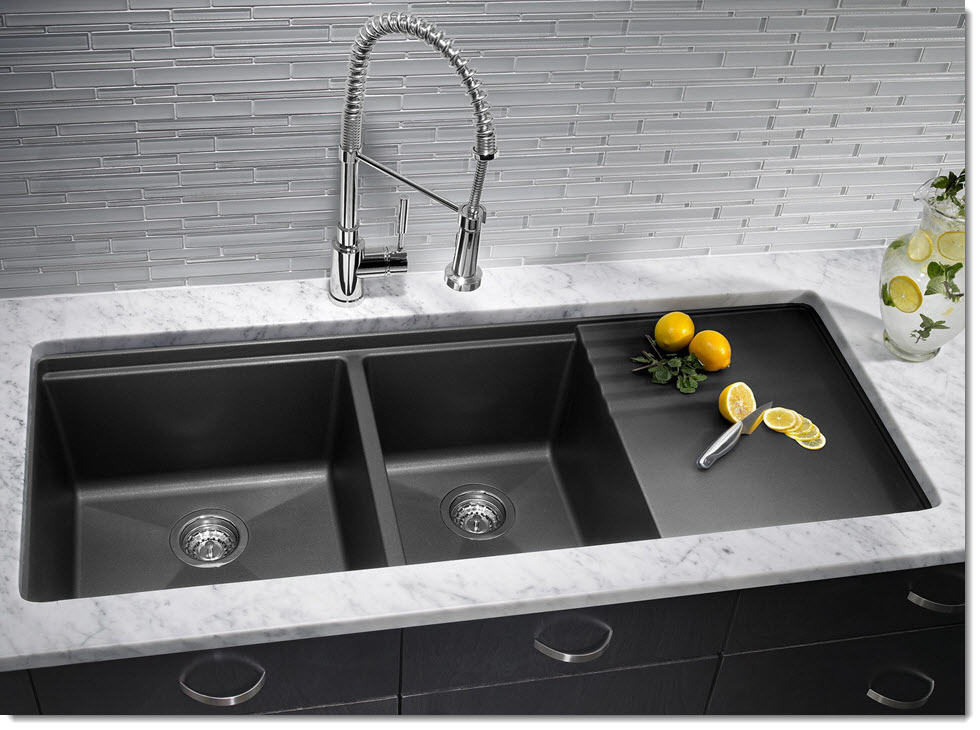


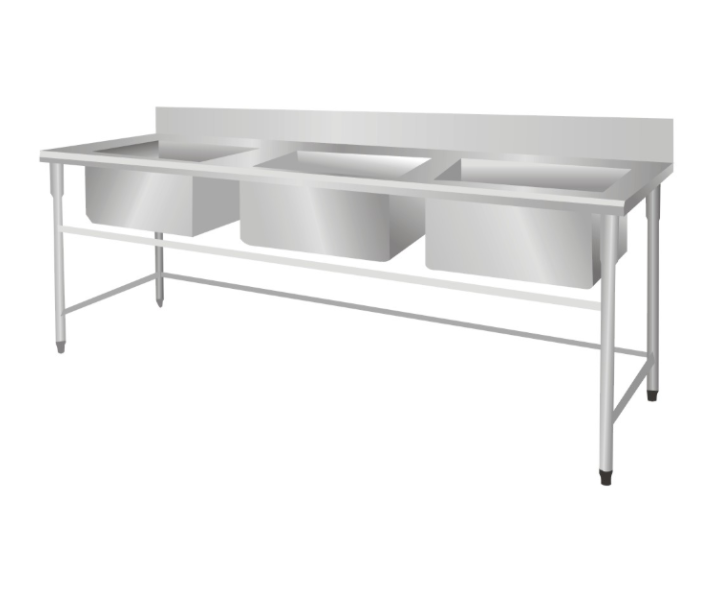

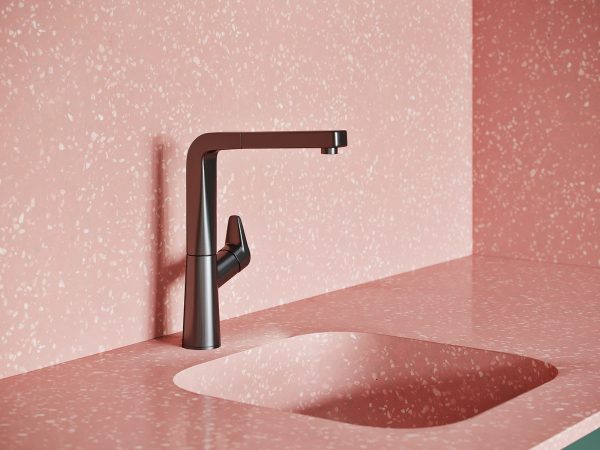




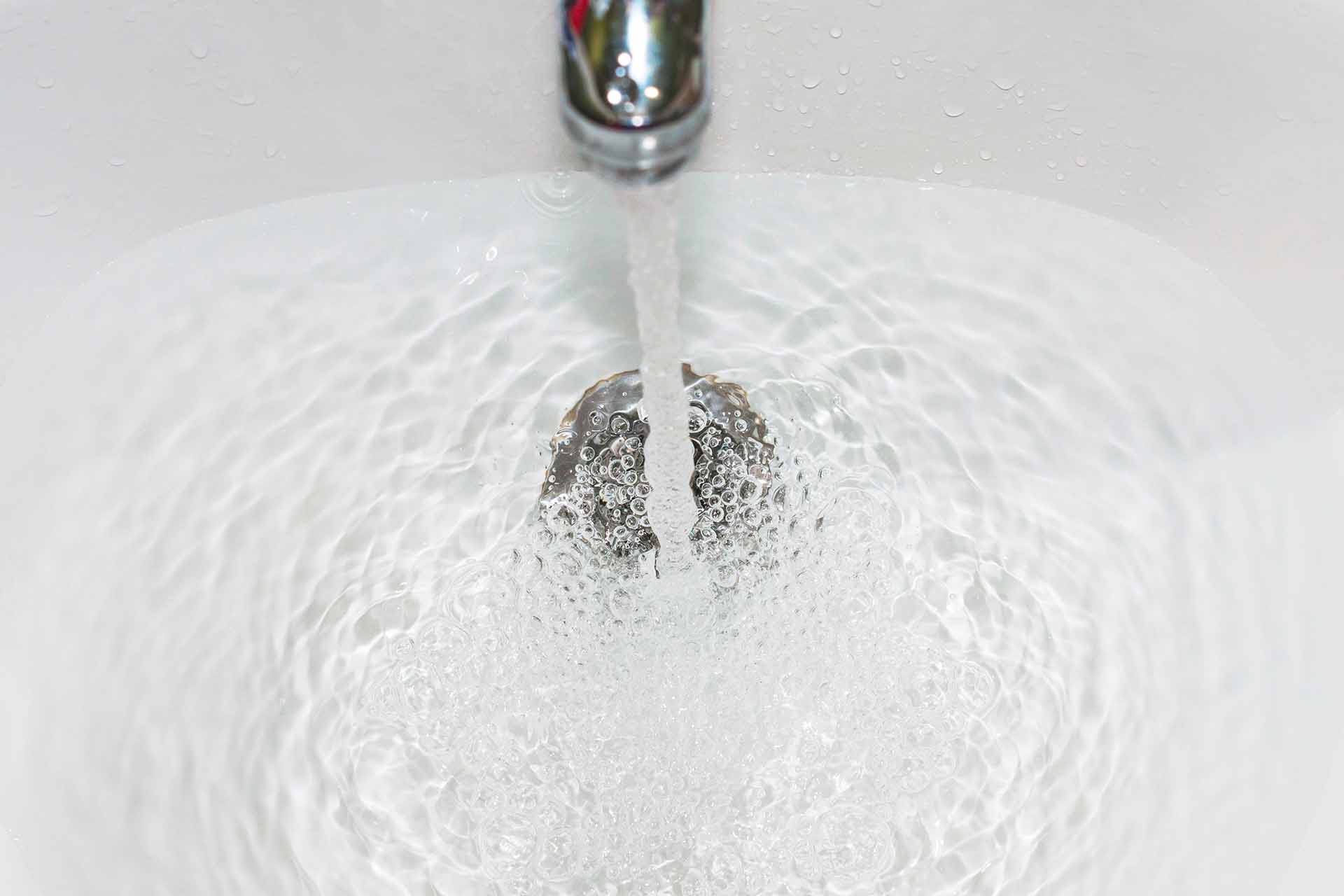





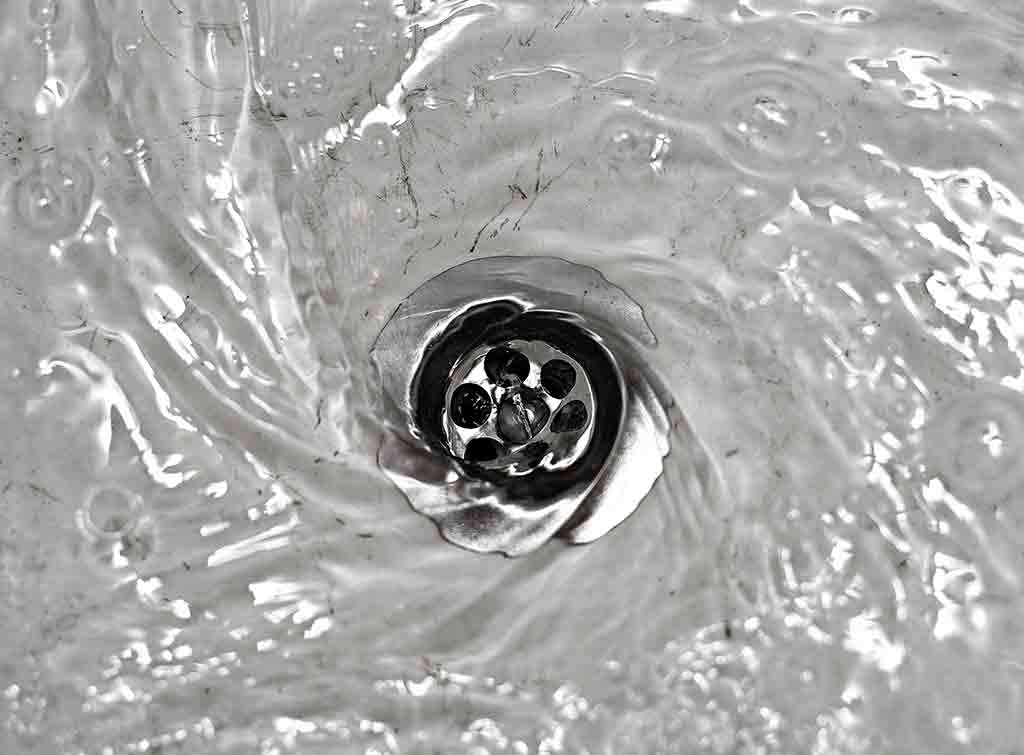

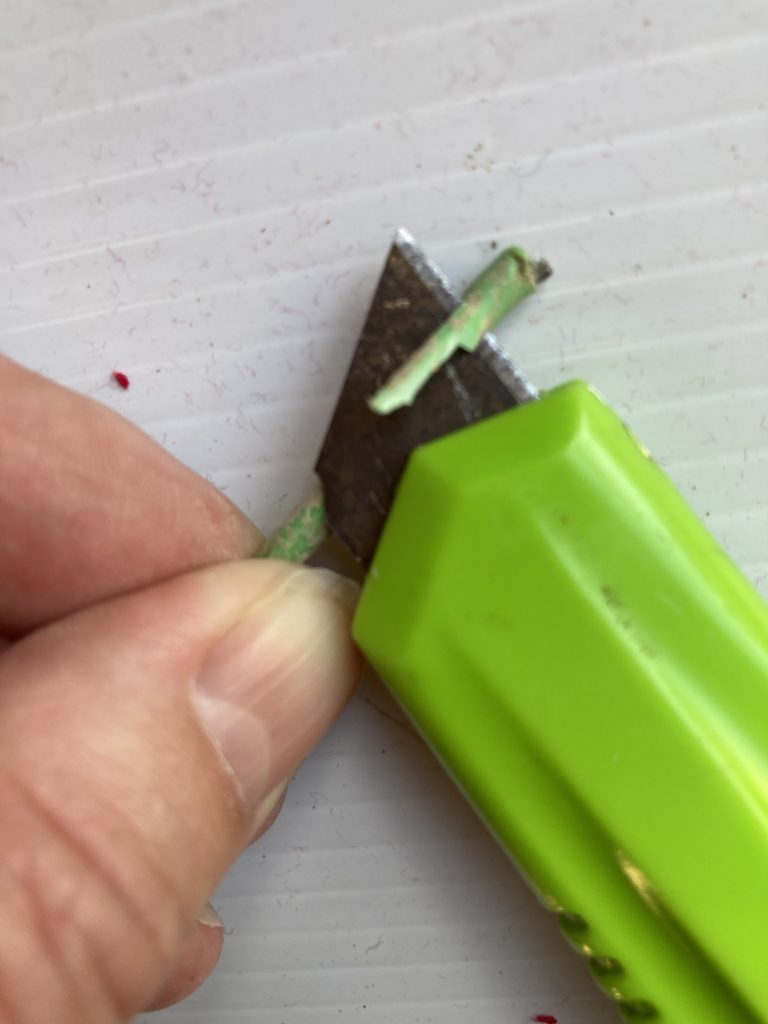
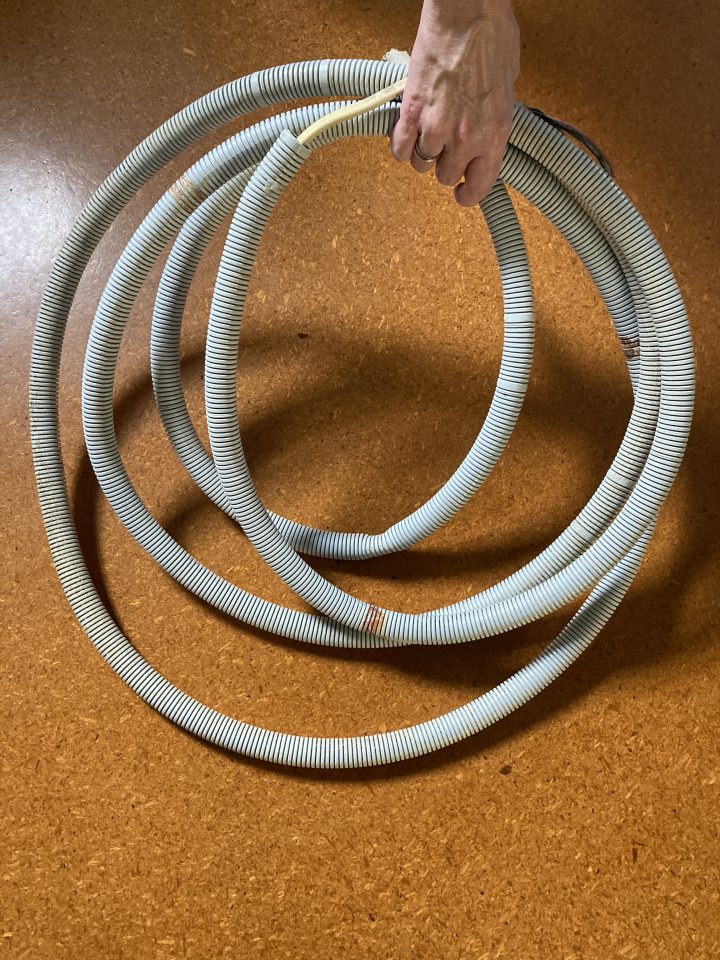


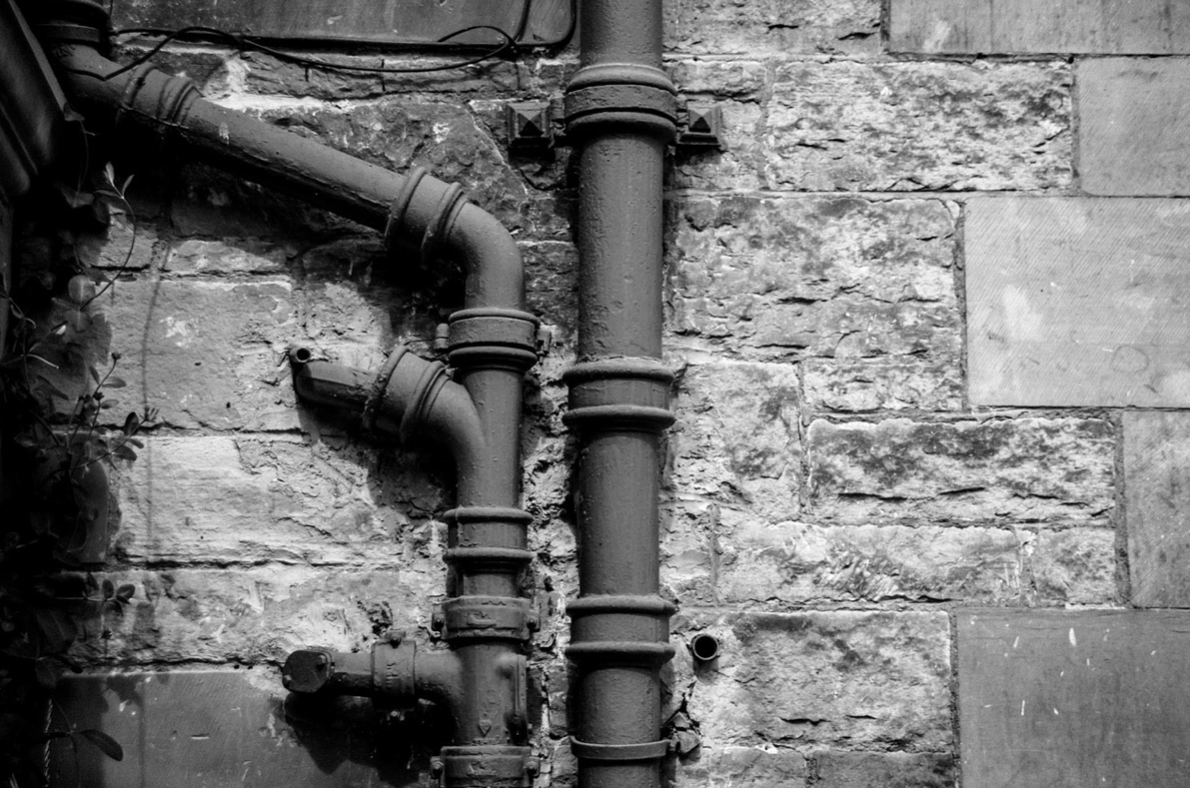

.jpg)


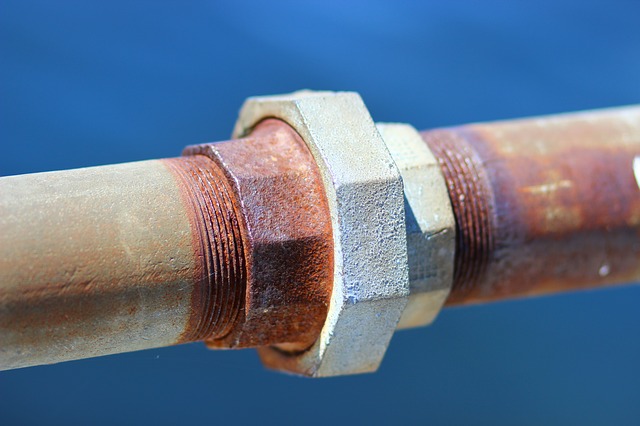




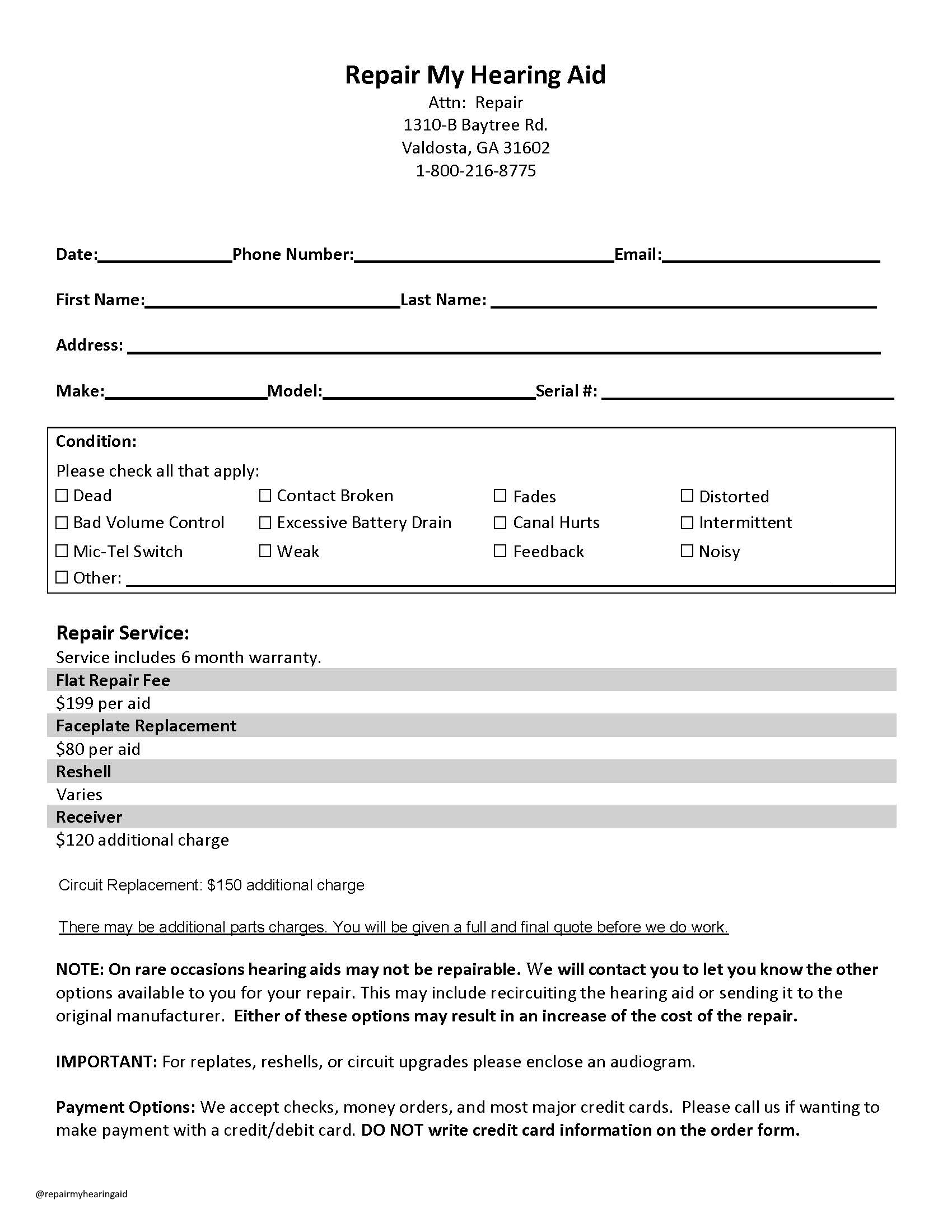






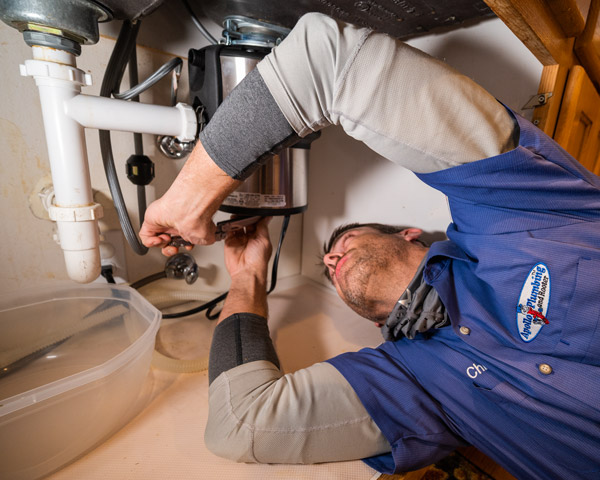




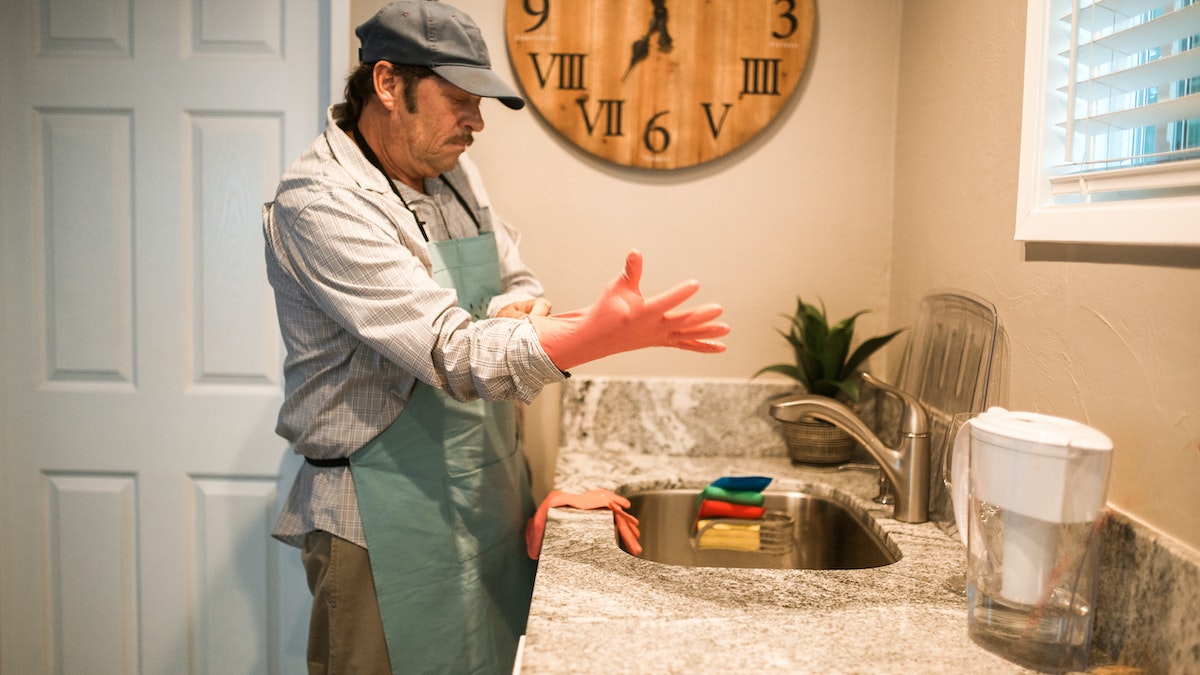
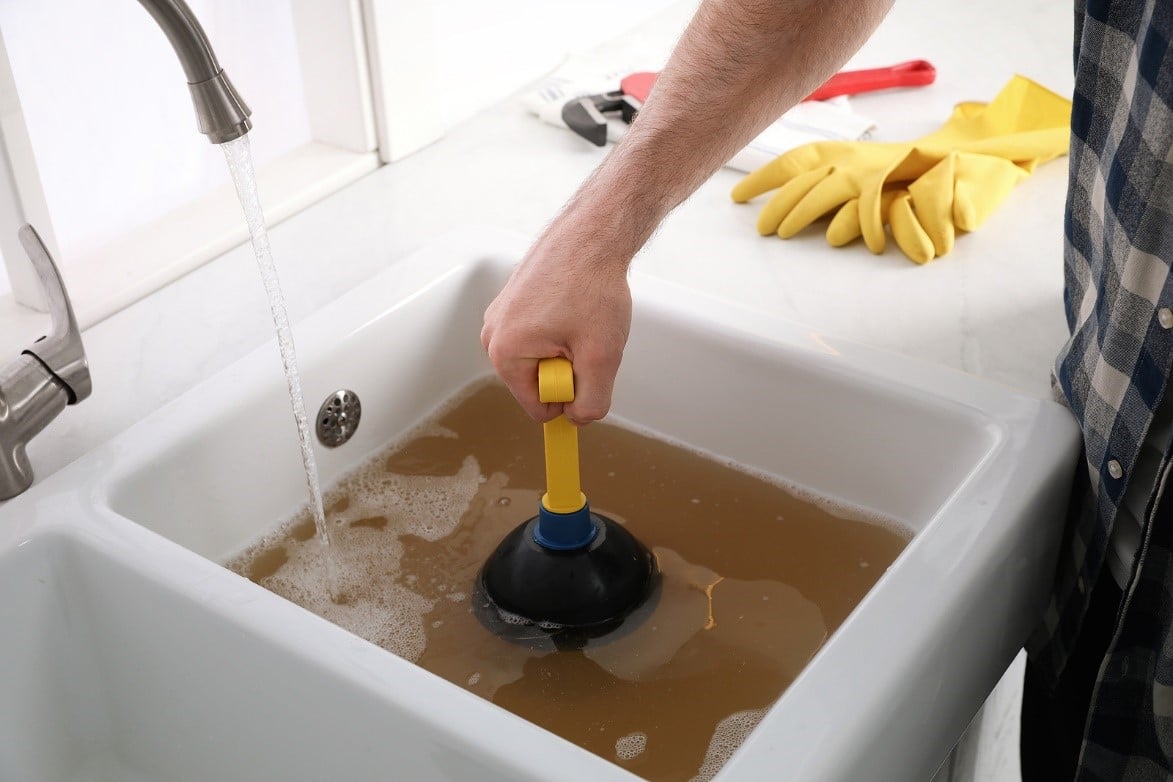

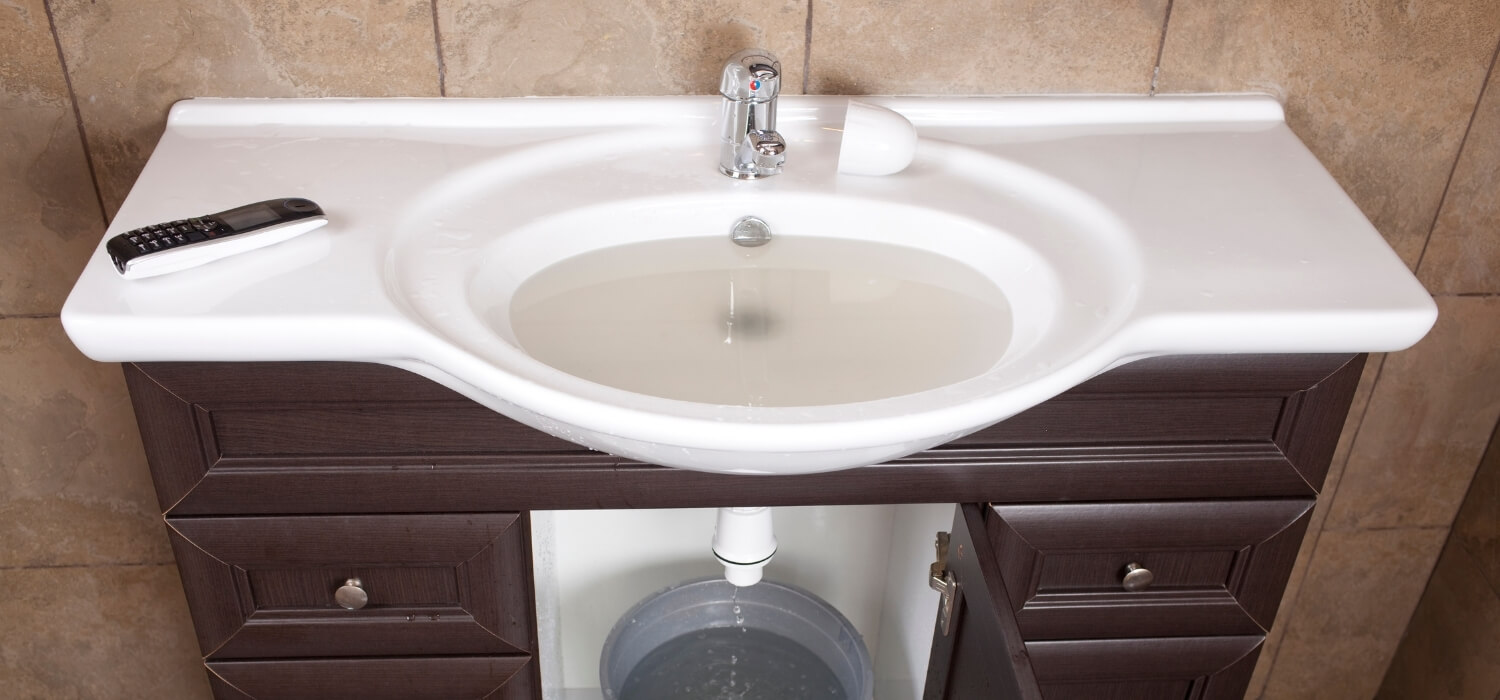
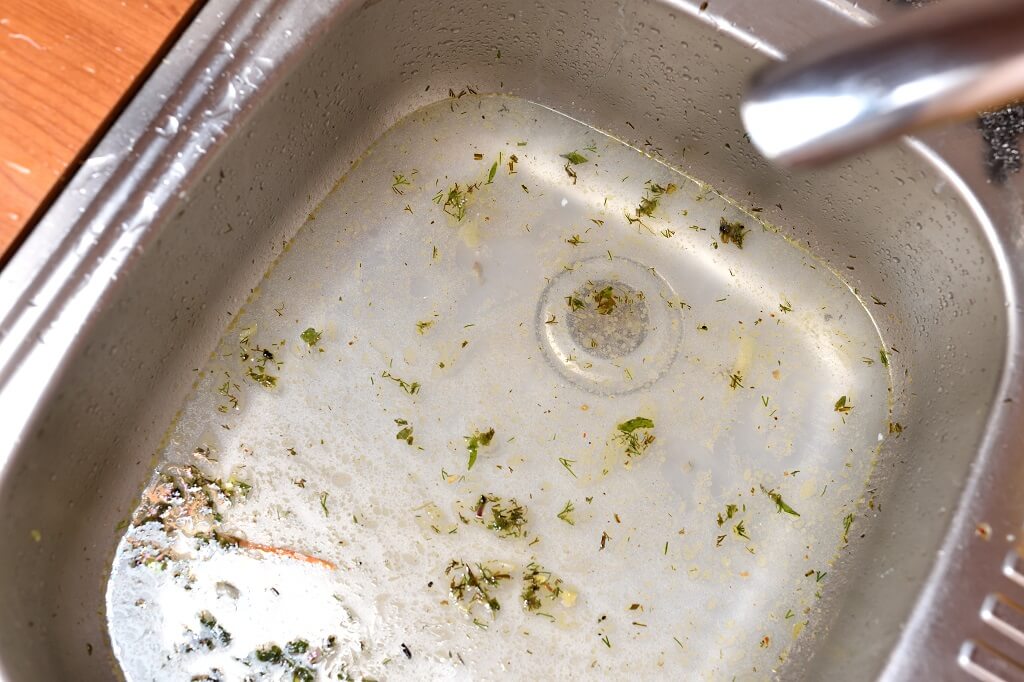
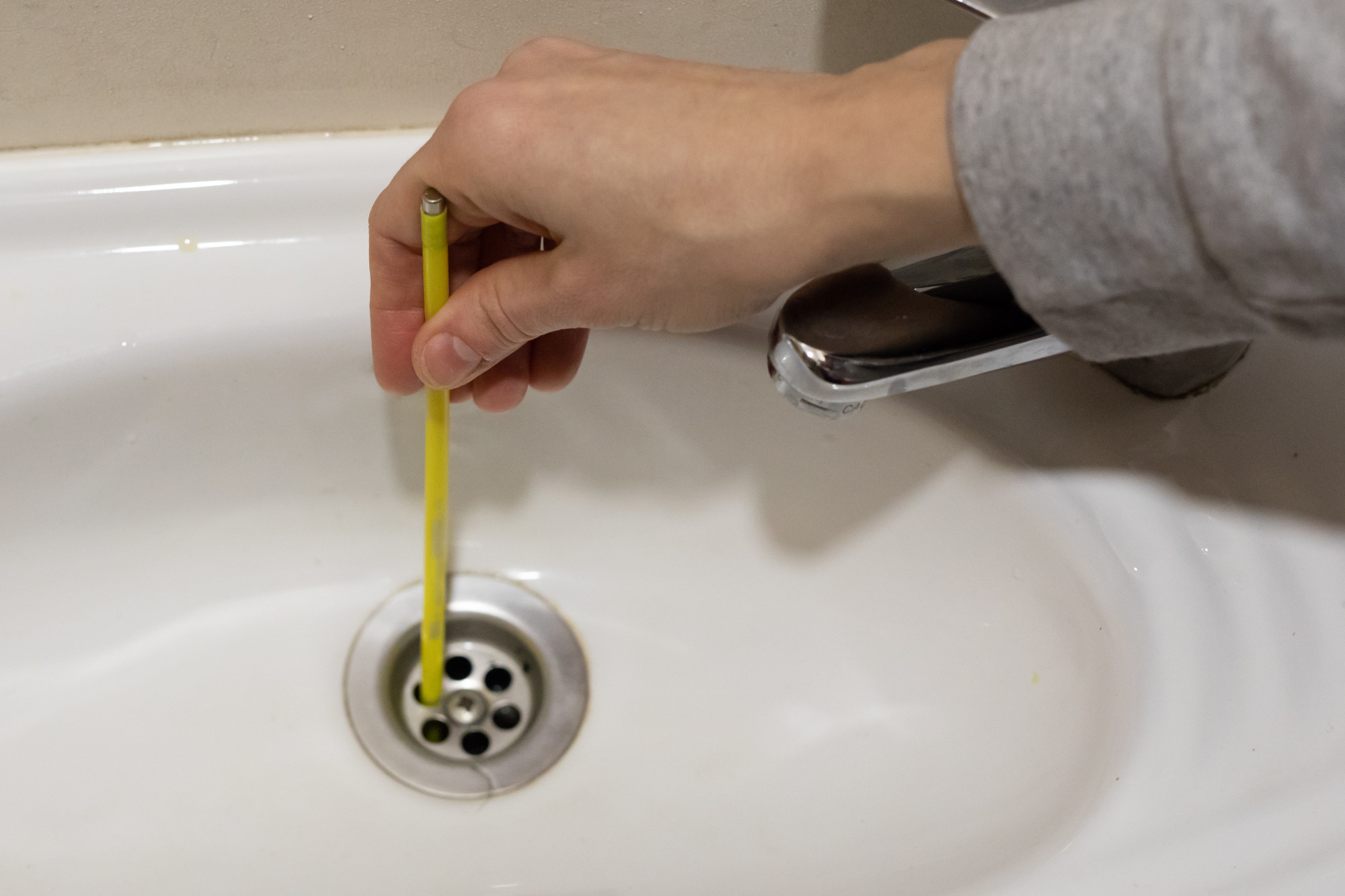
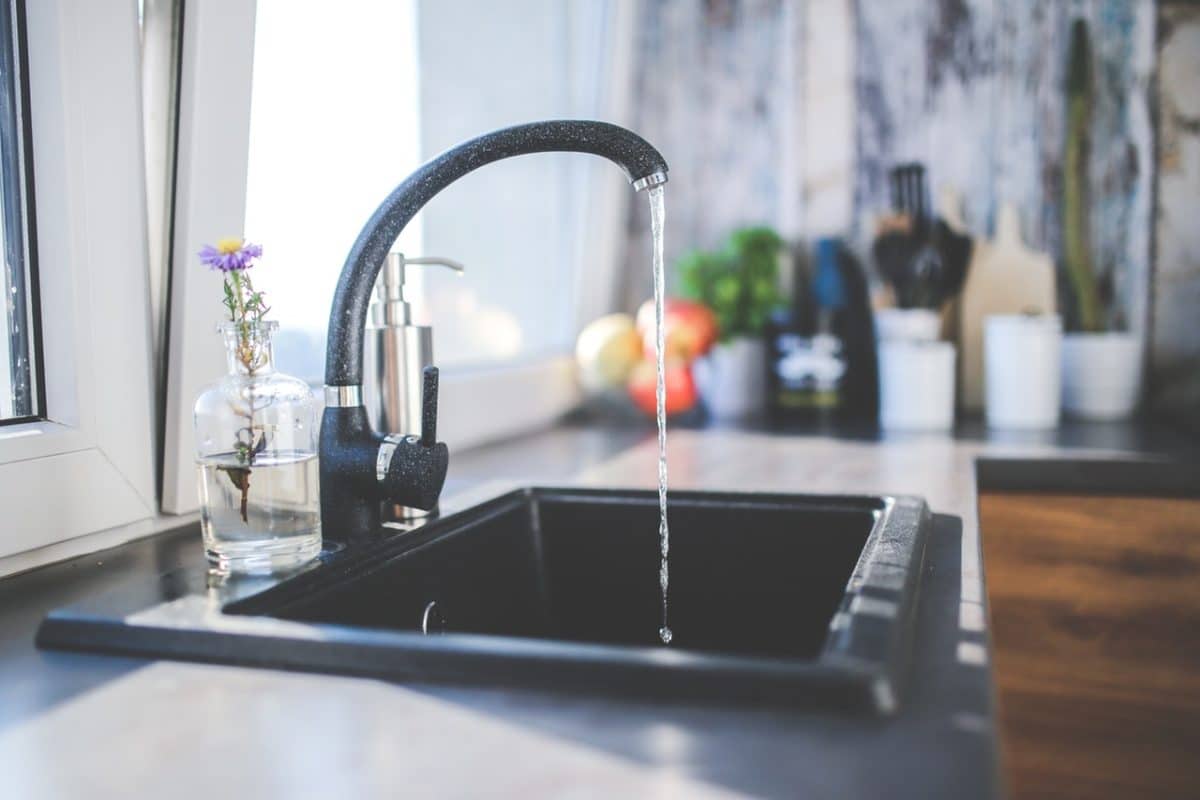
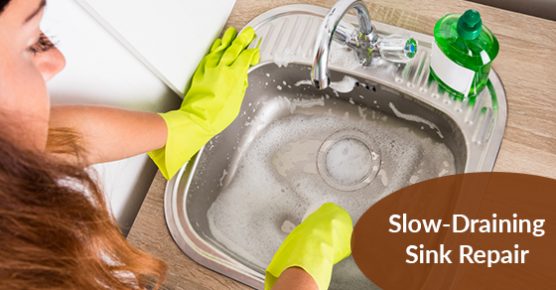





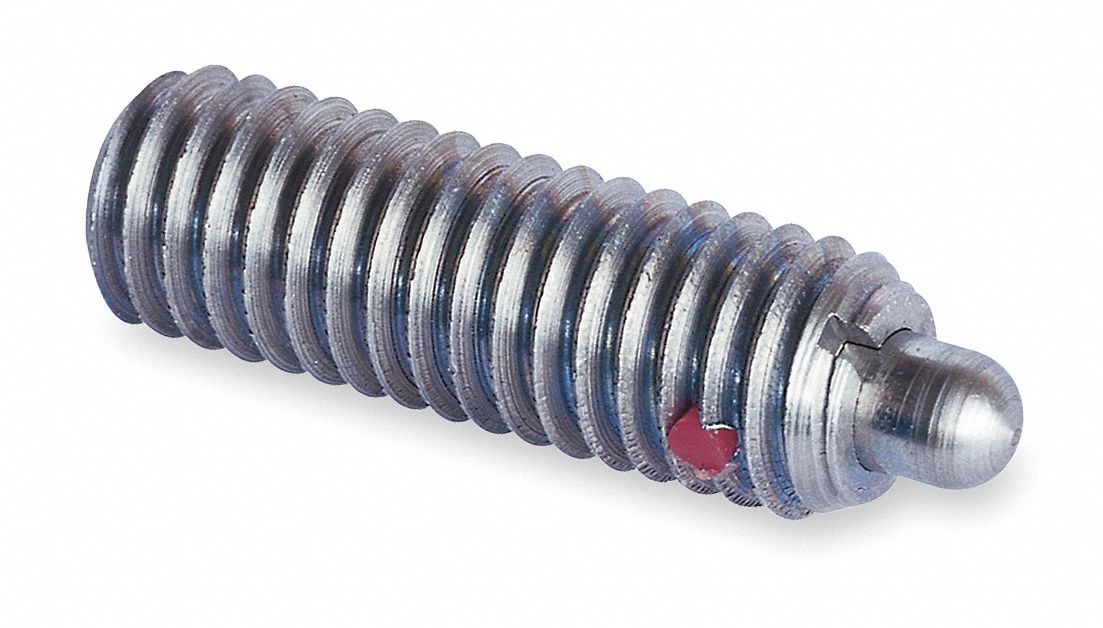

:max_bytes(150000):strip_icc()/toilette-plunger--92314164-873564a34a3441058f00a8d6fc1f0441.jpg)
